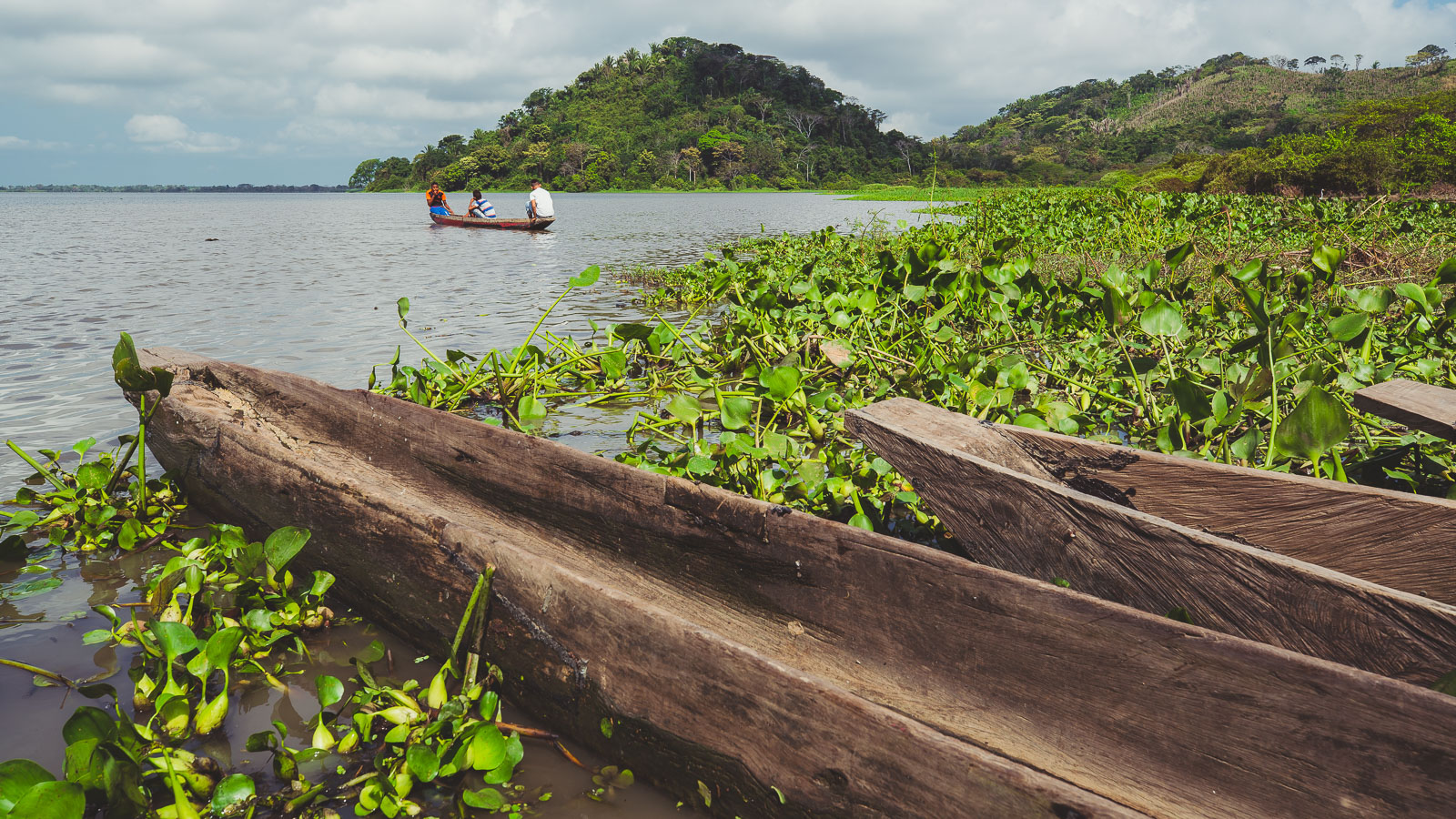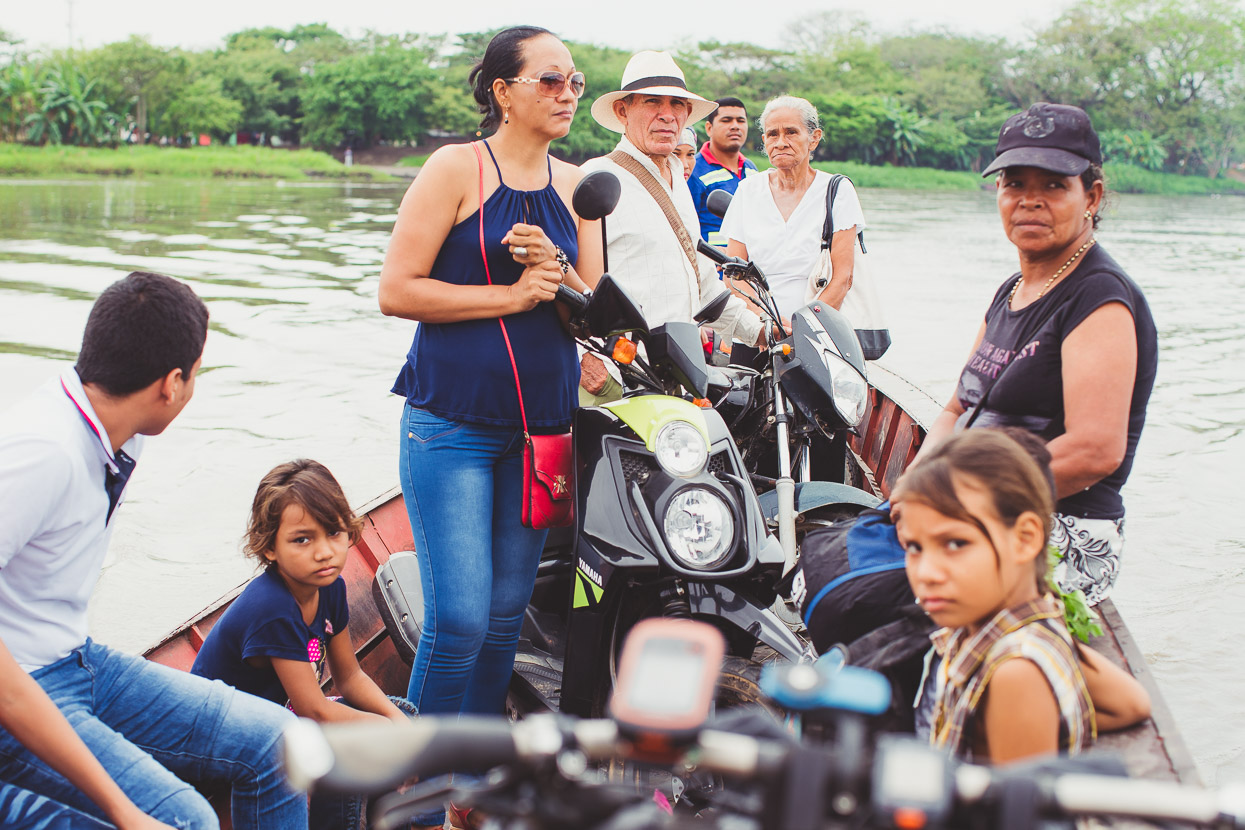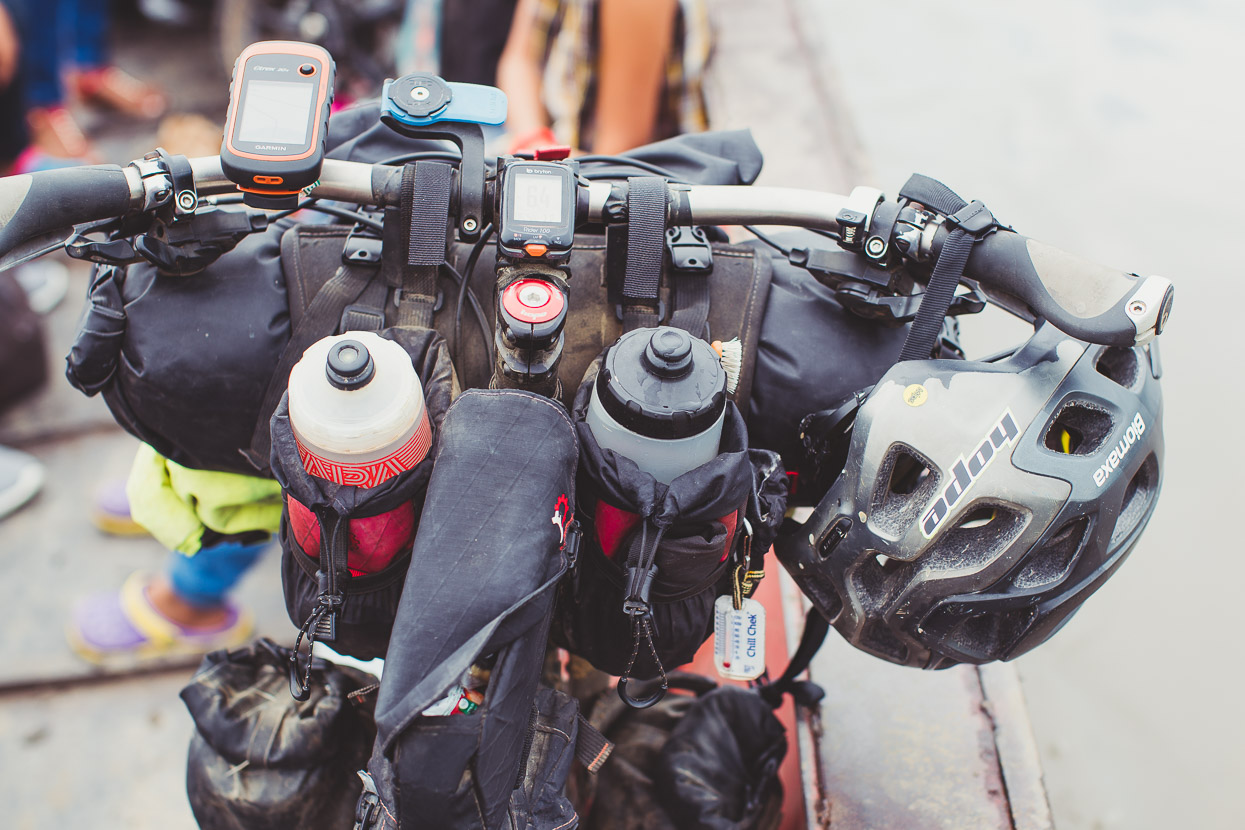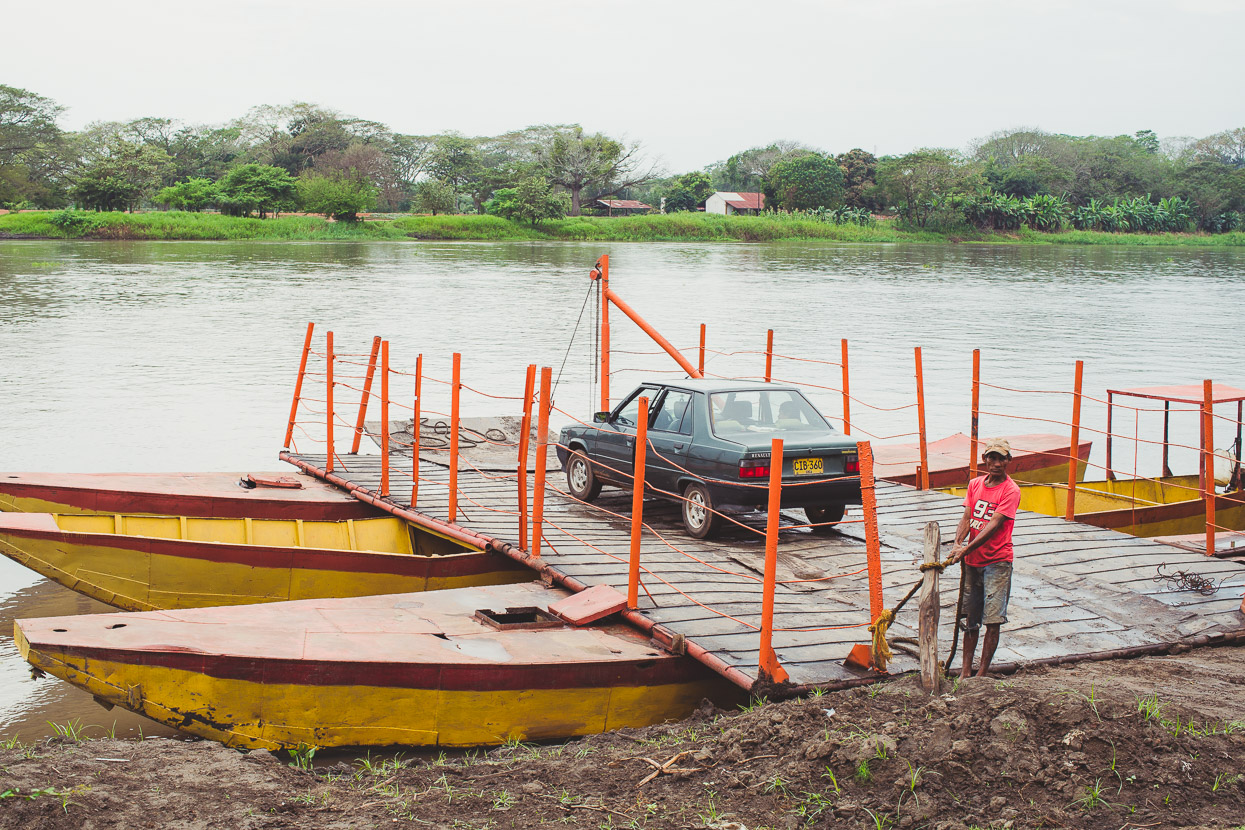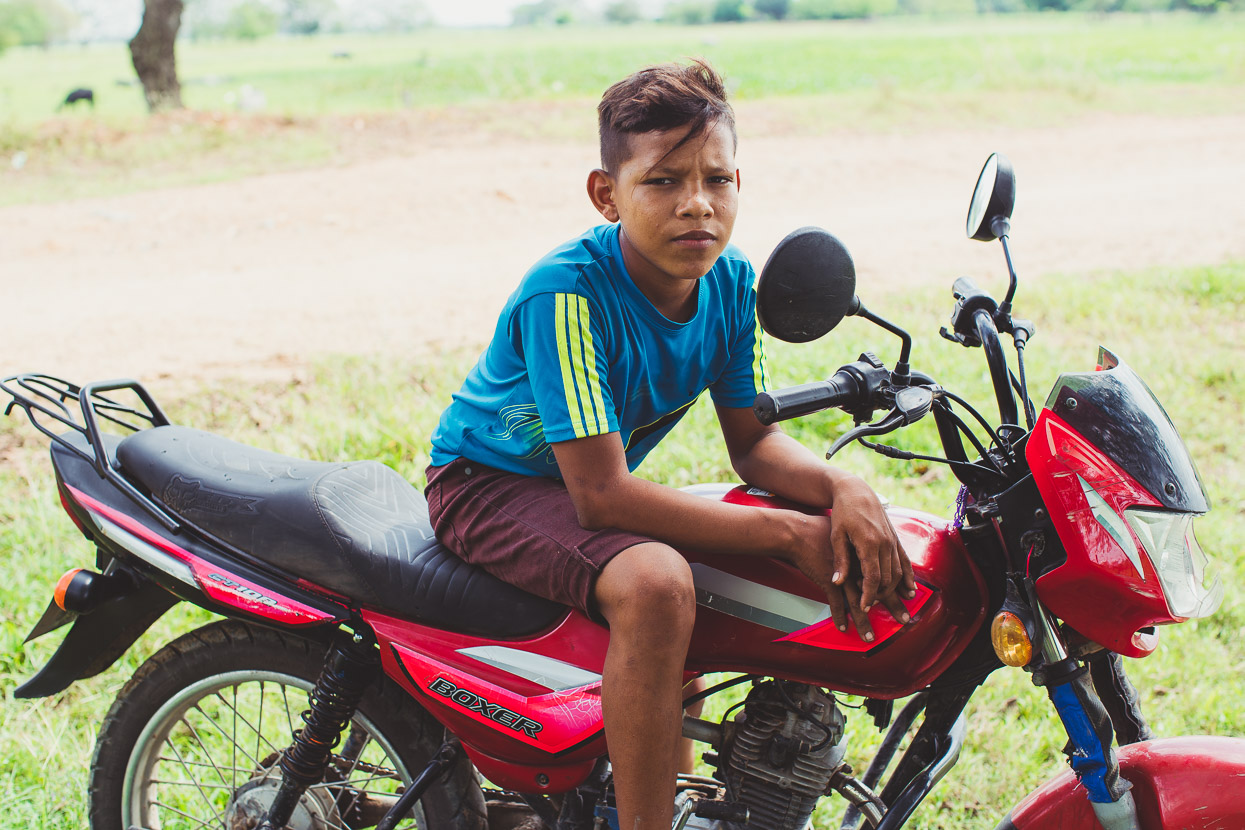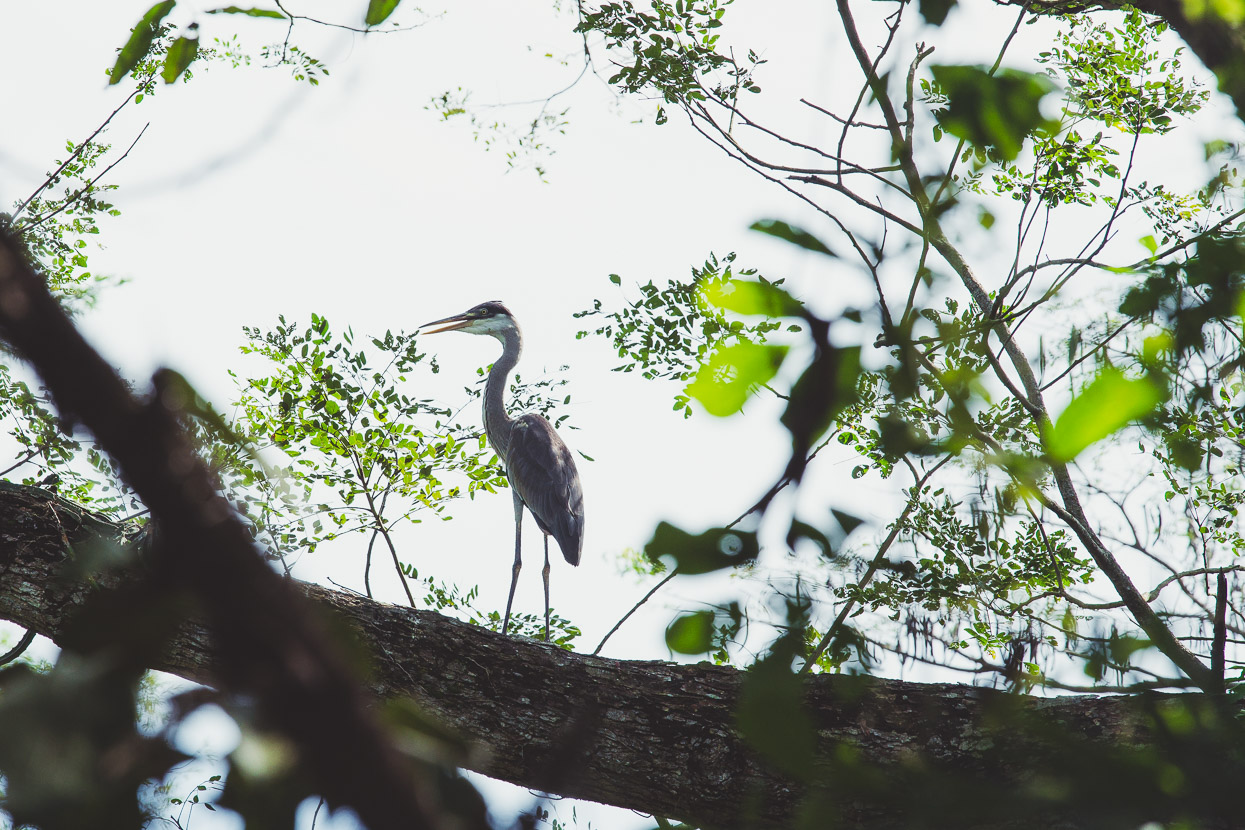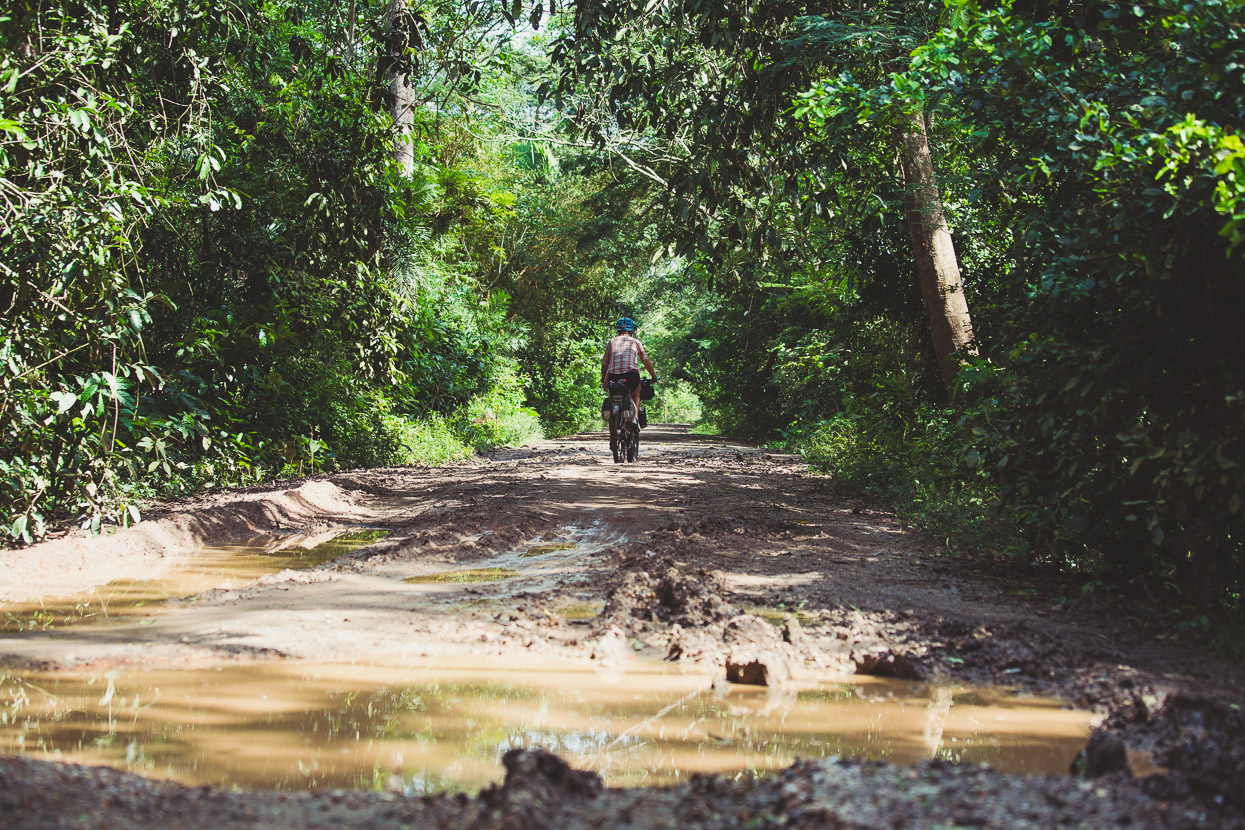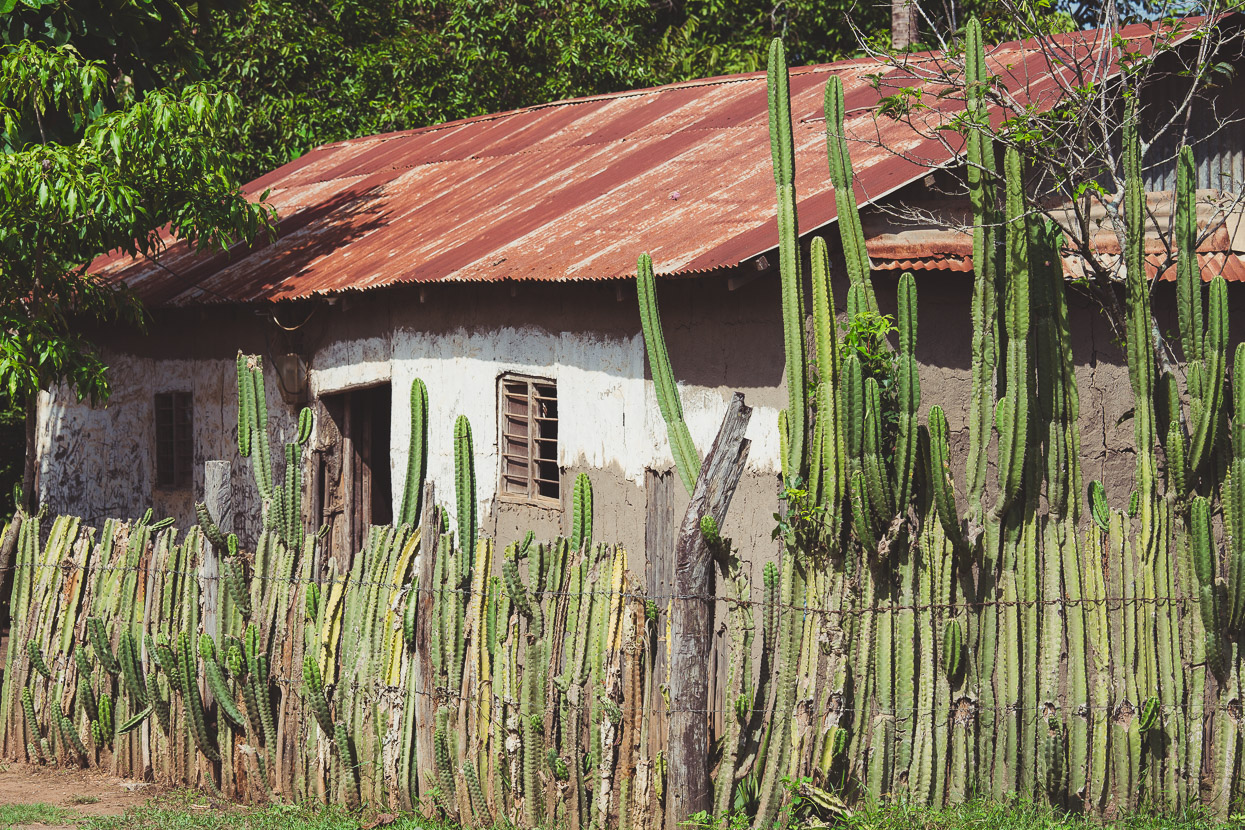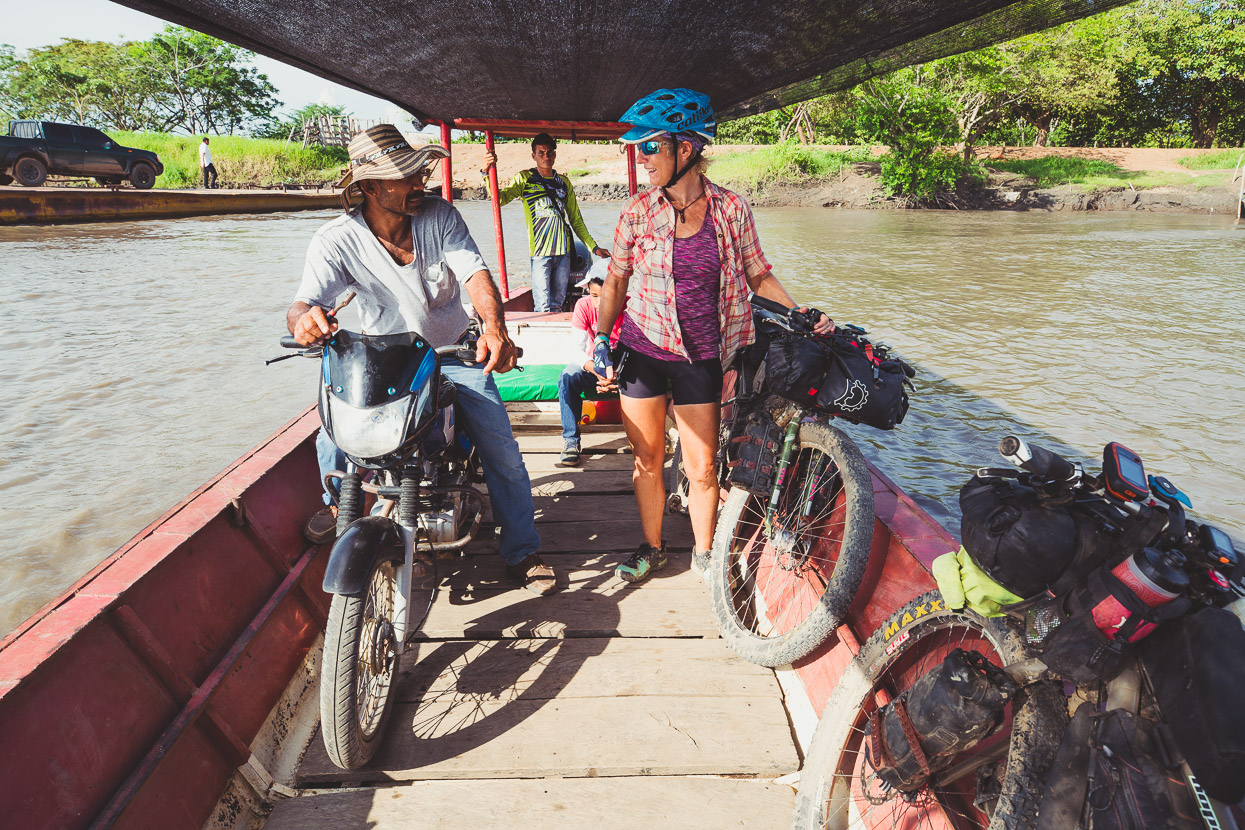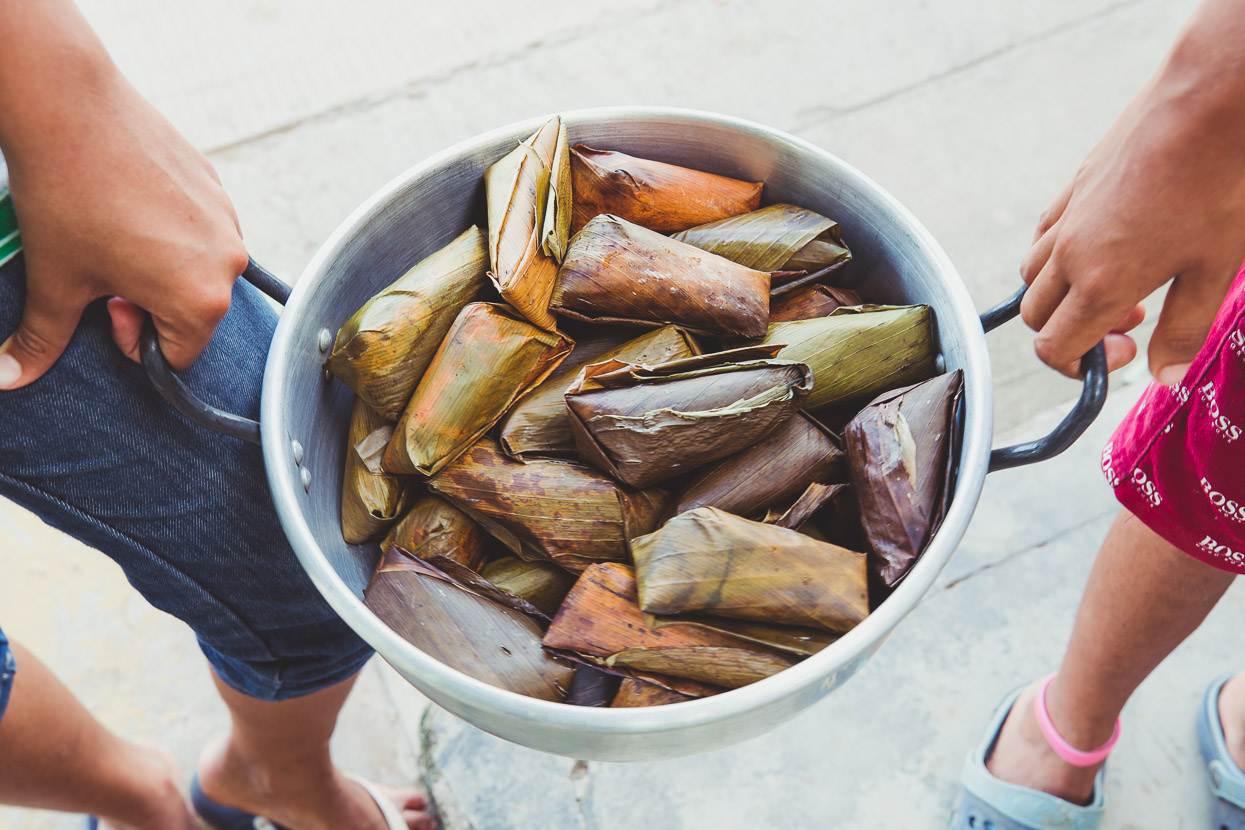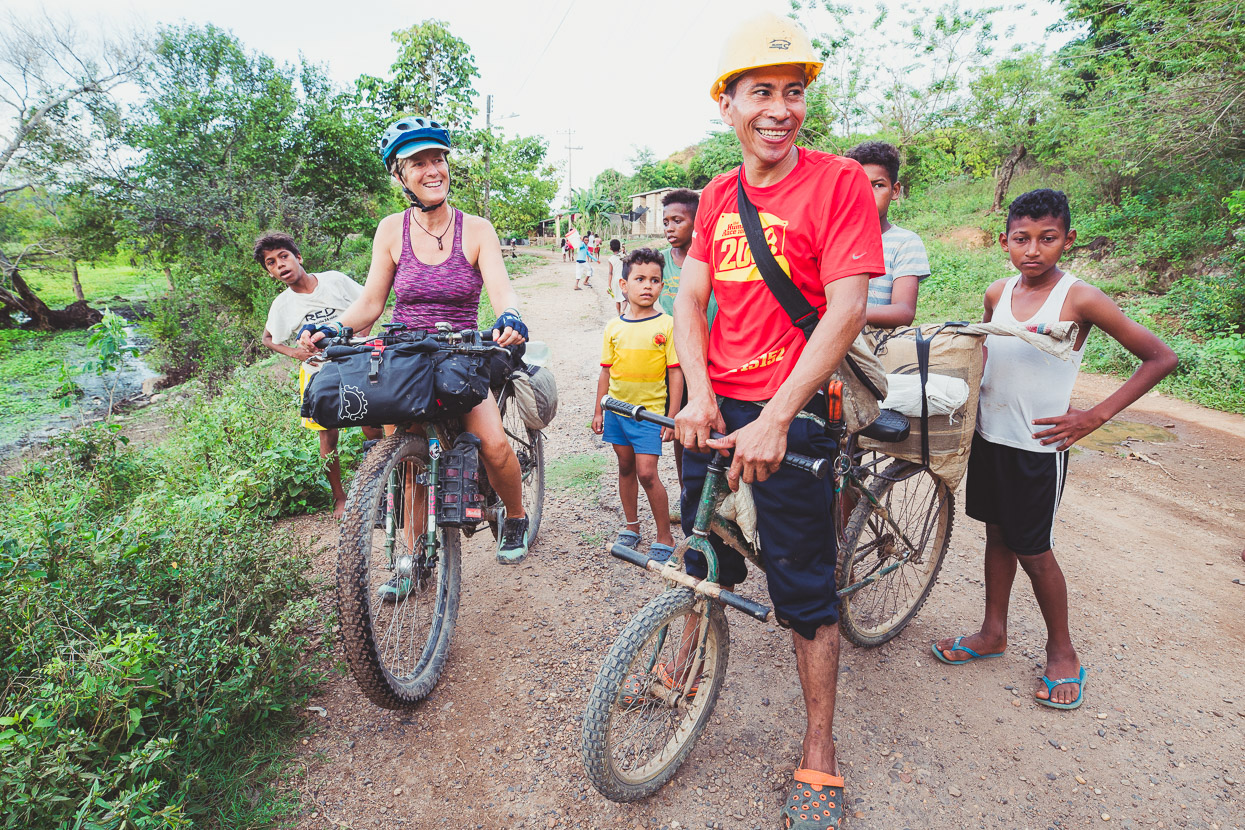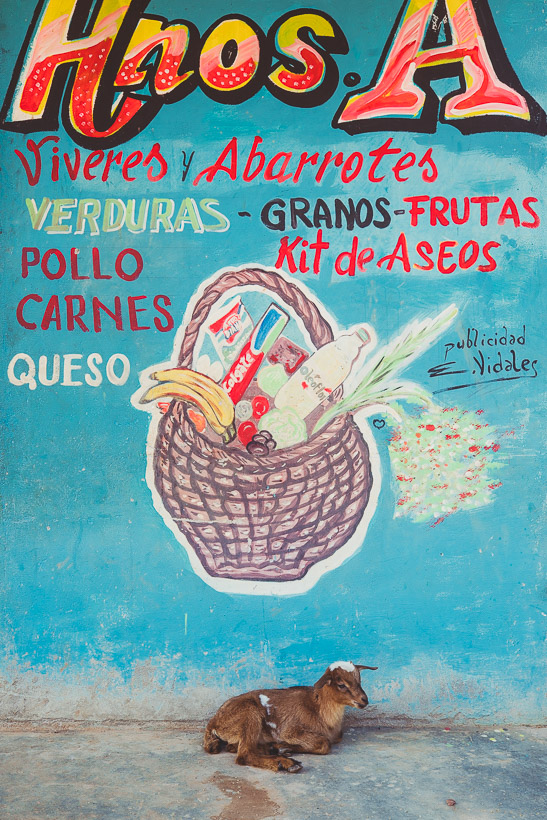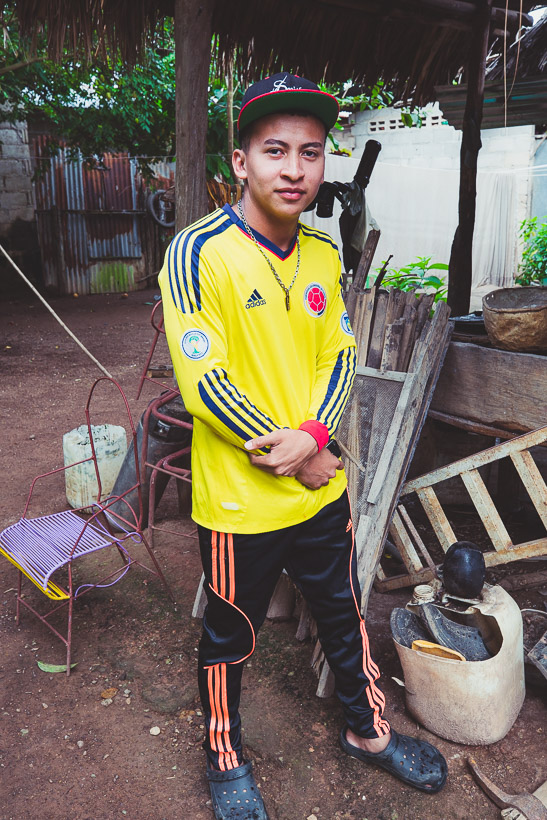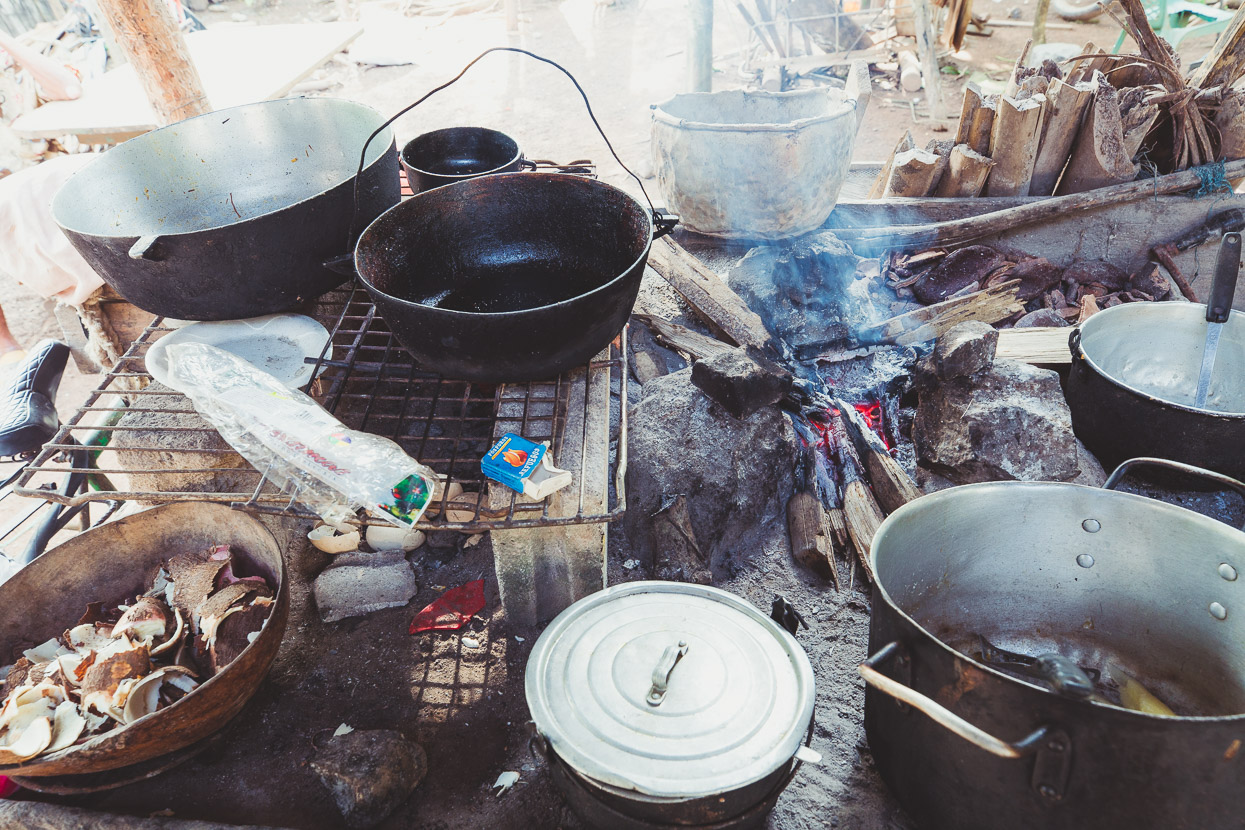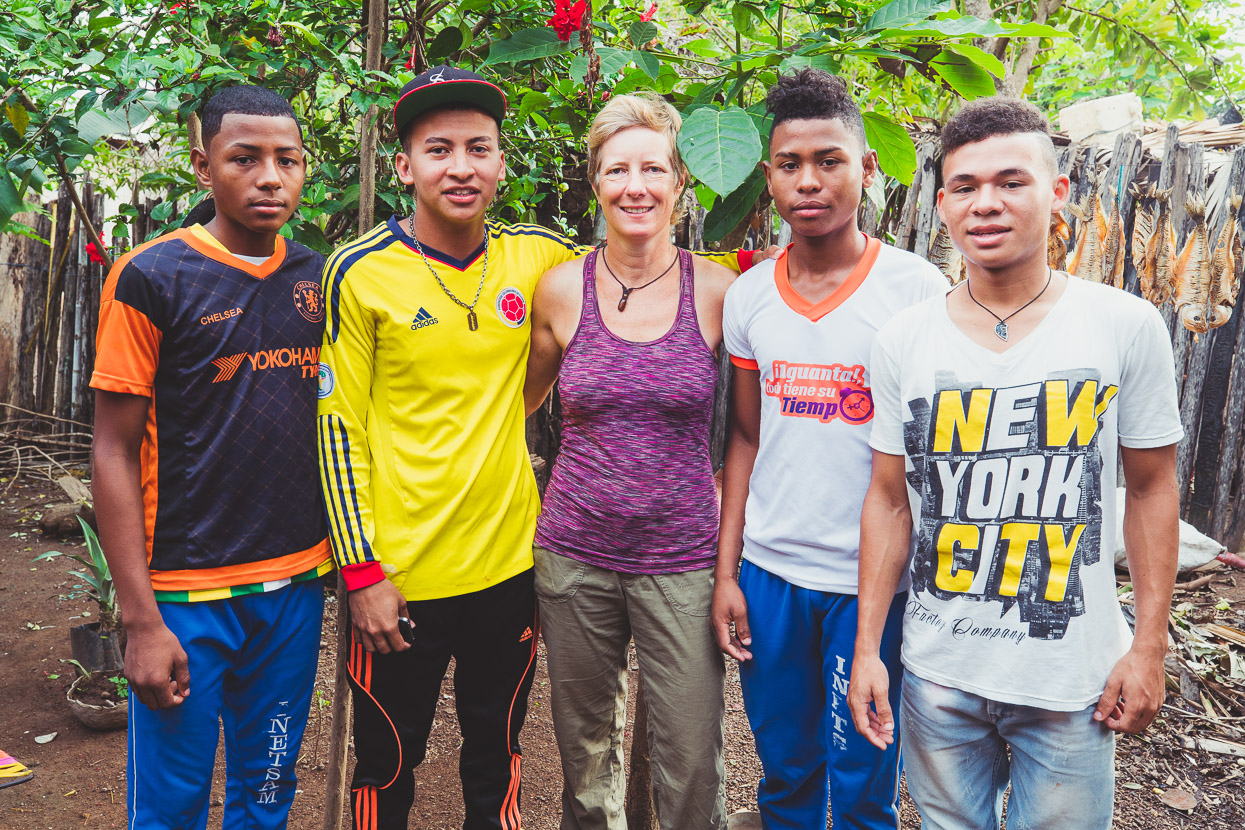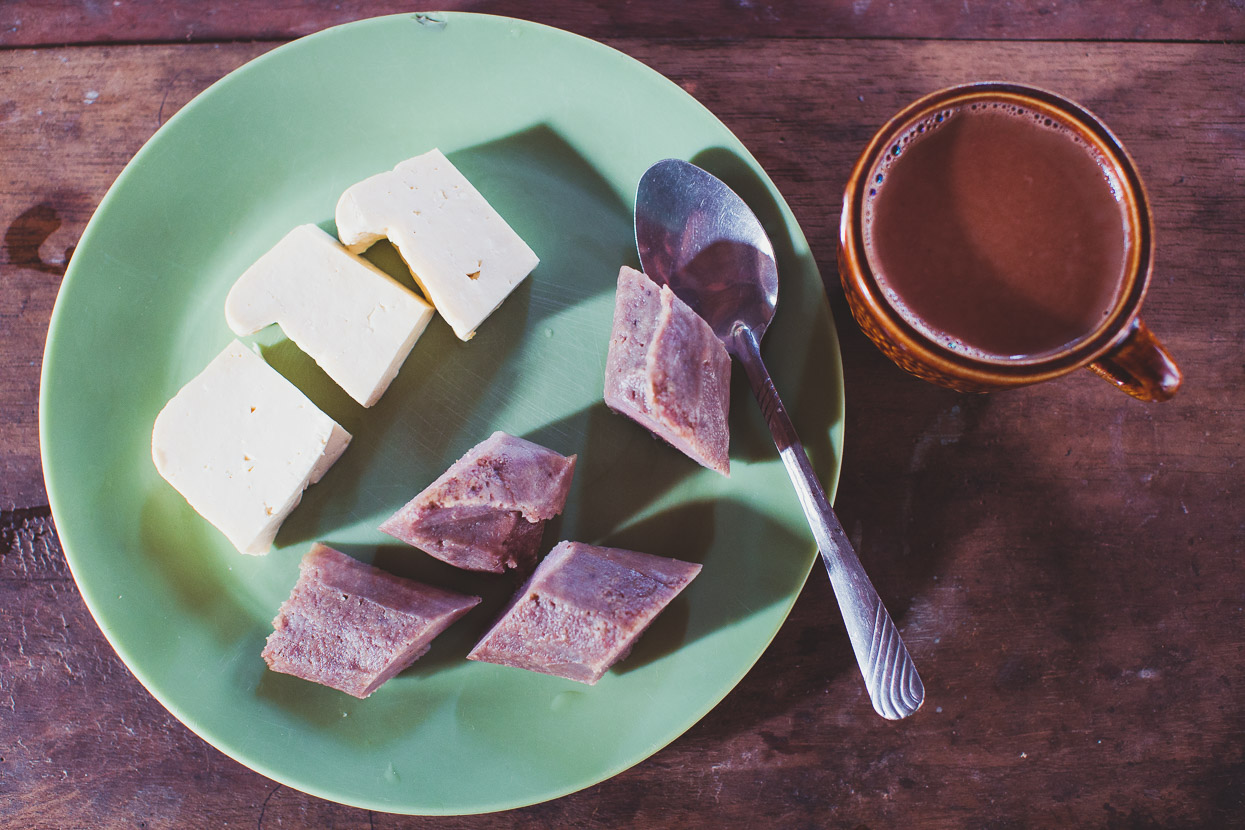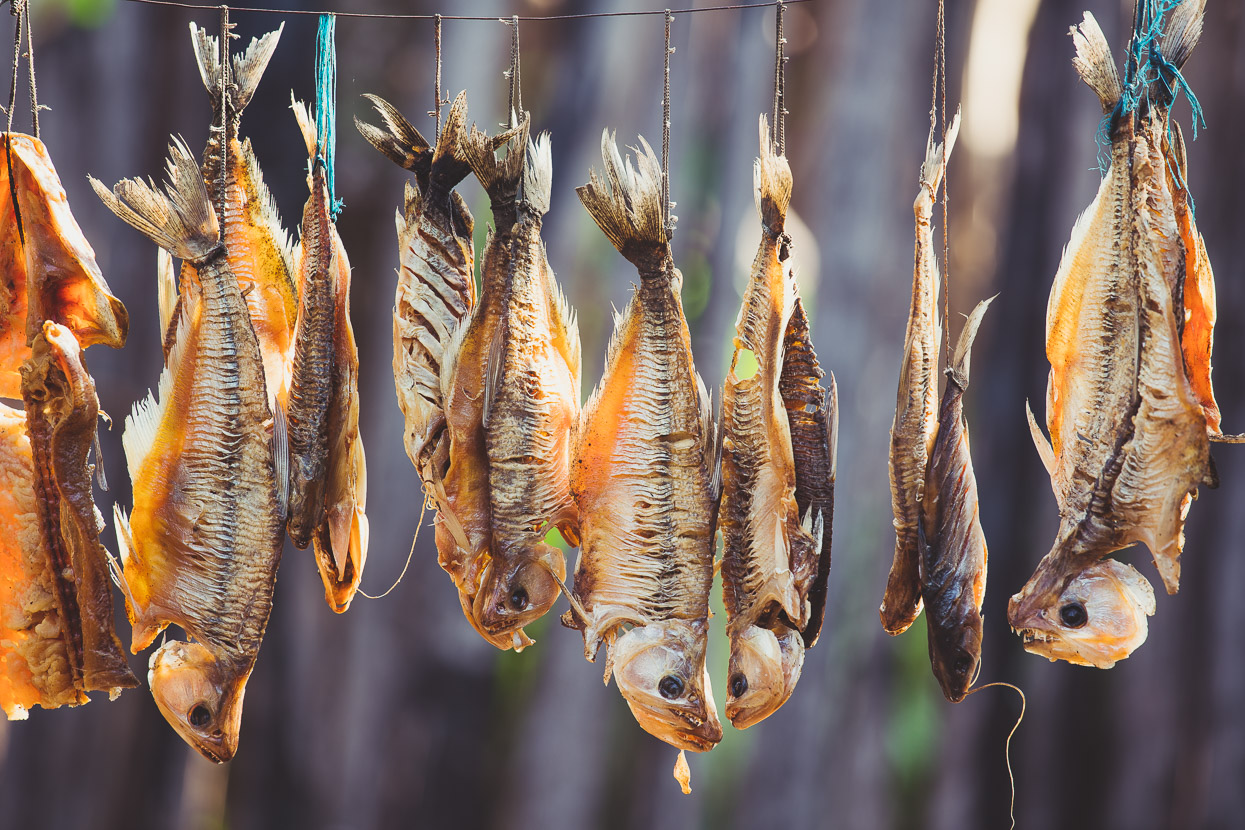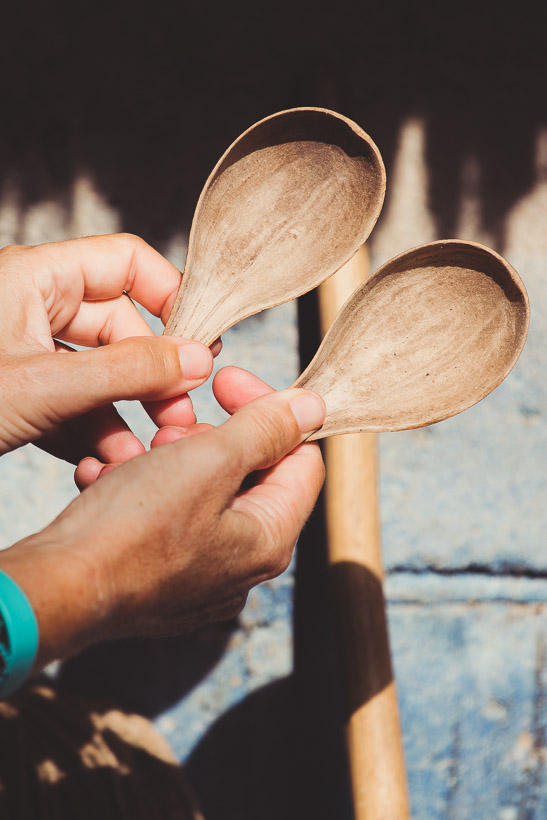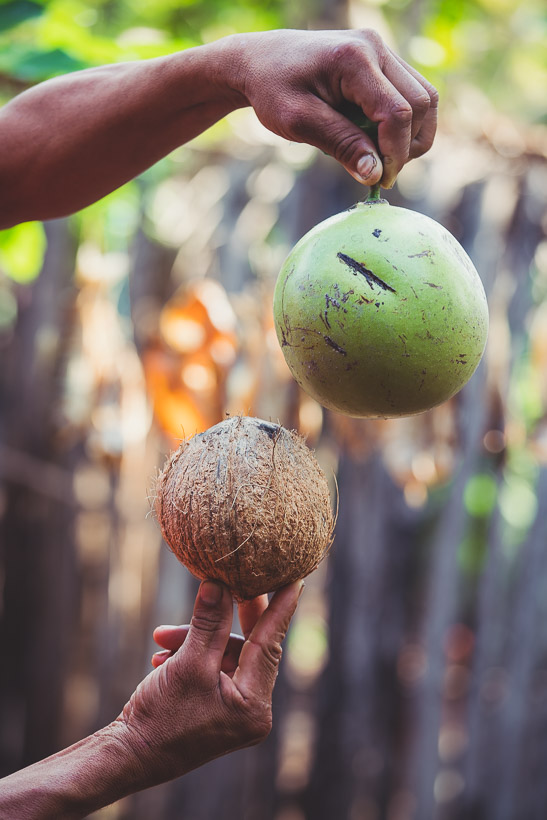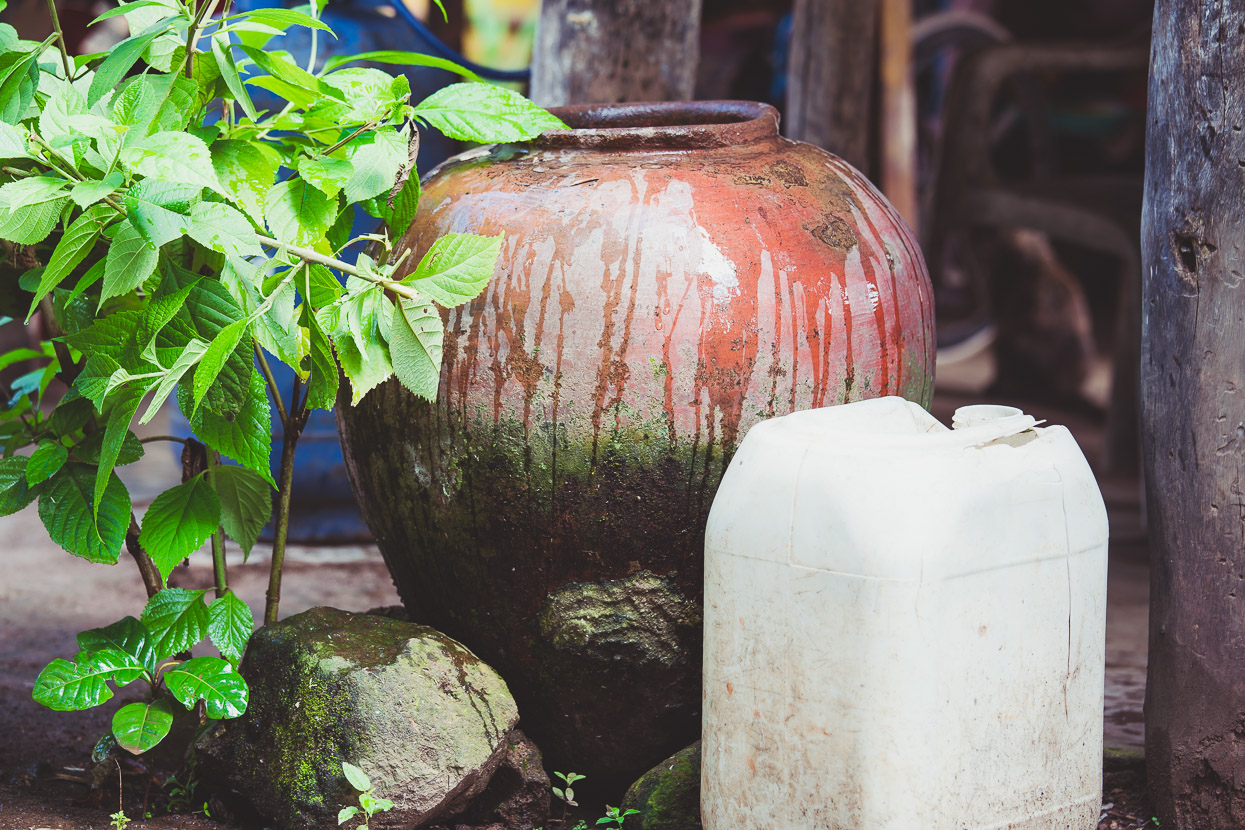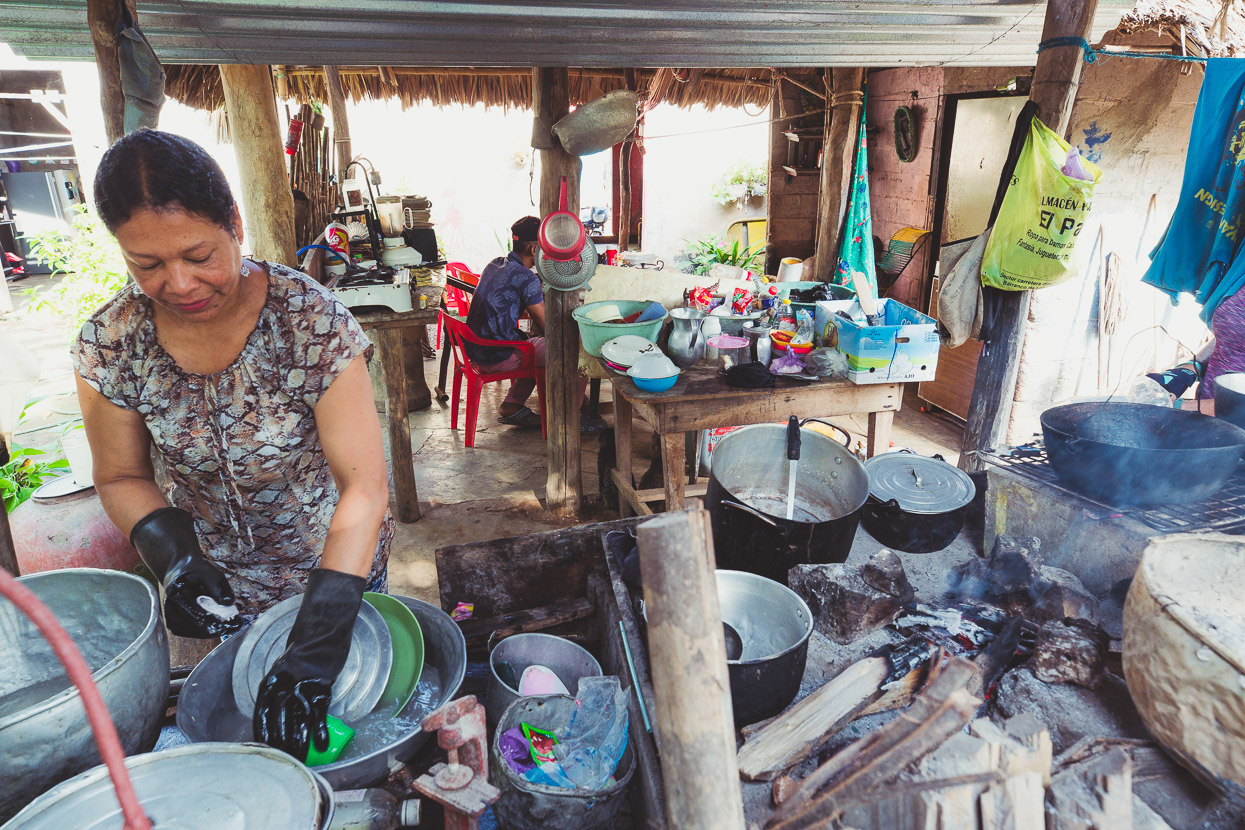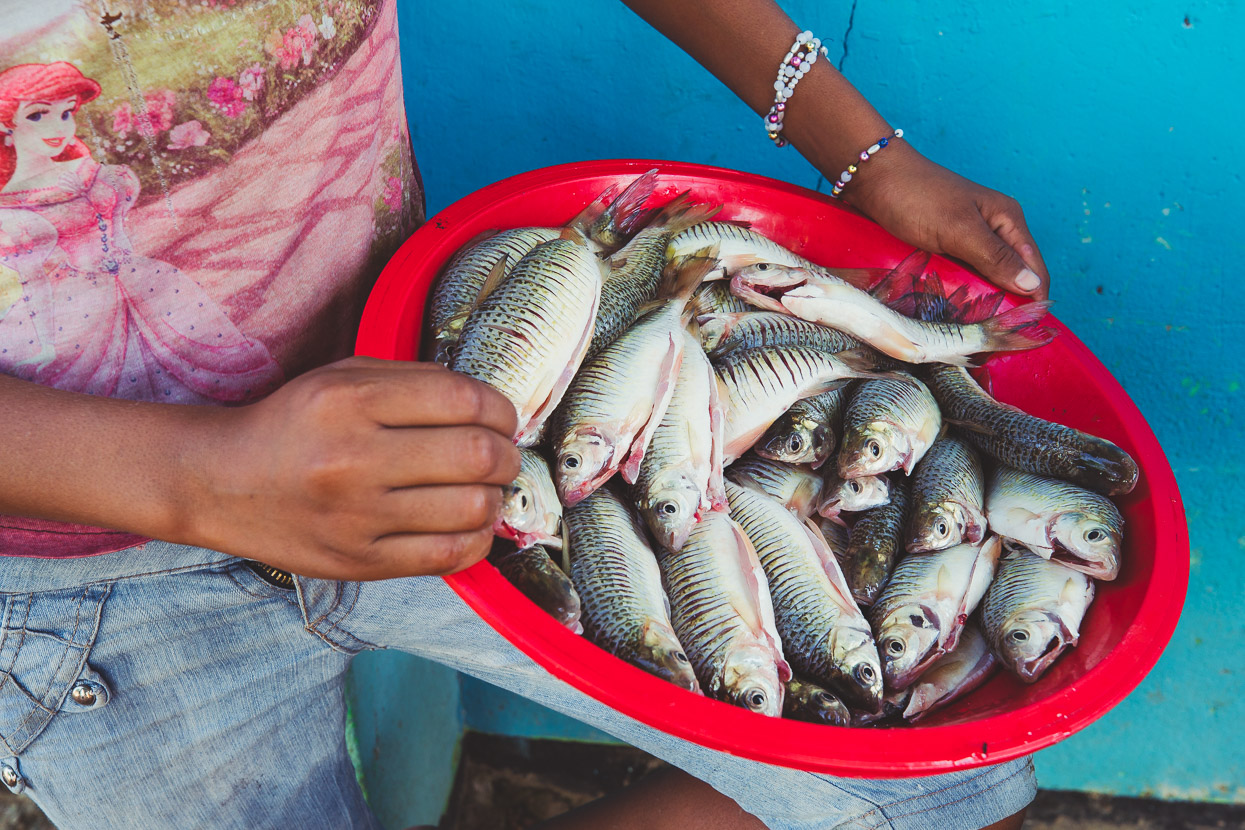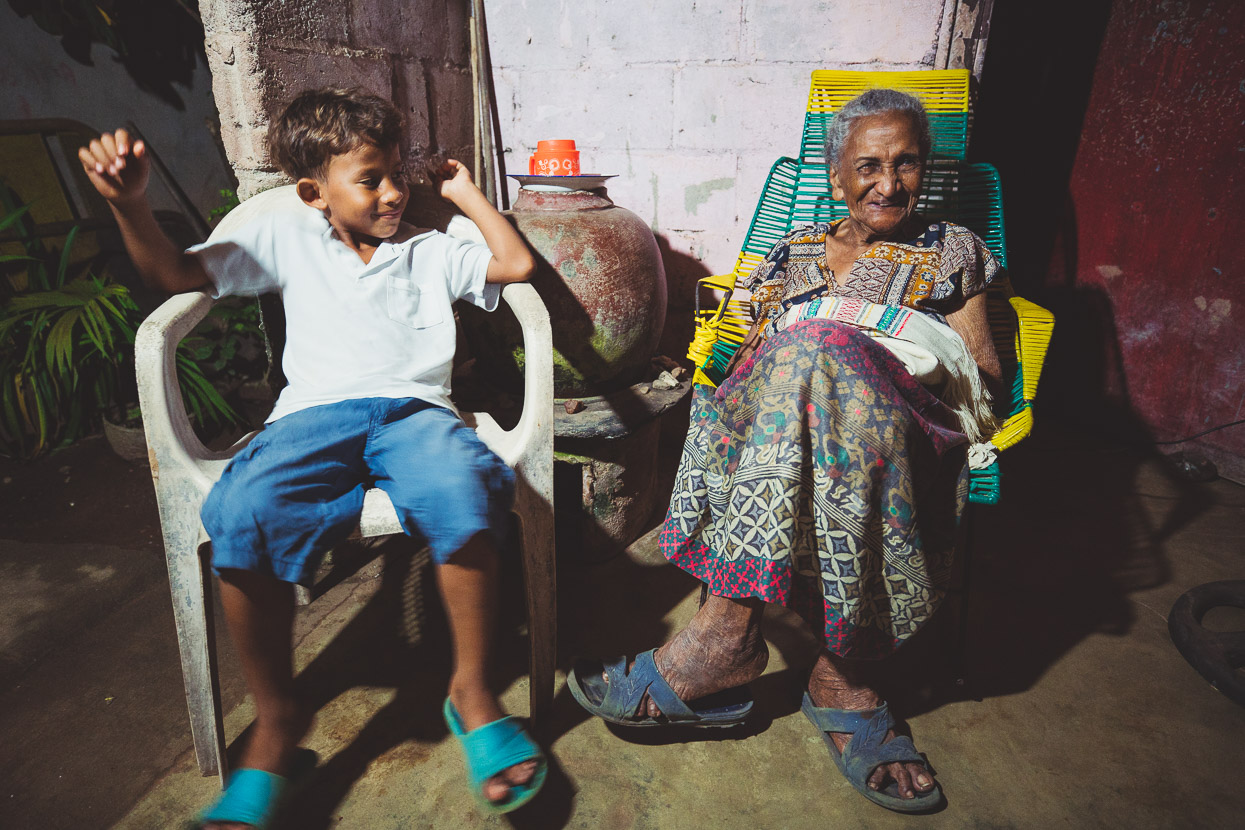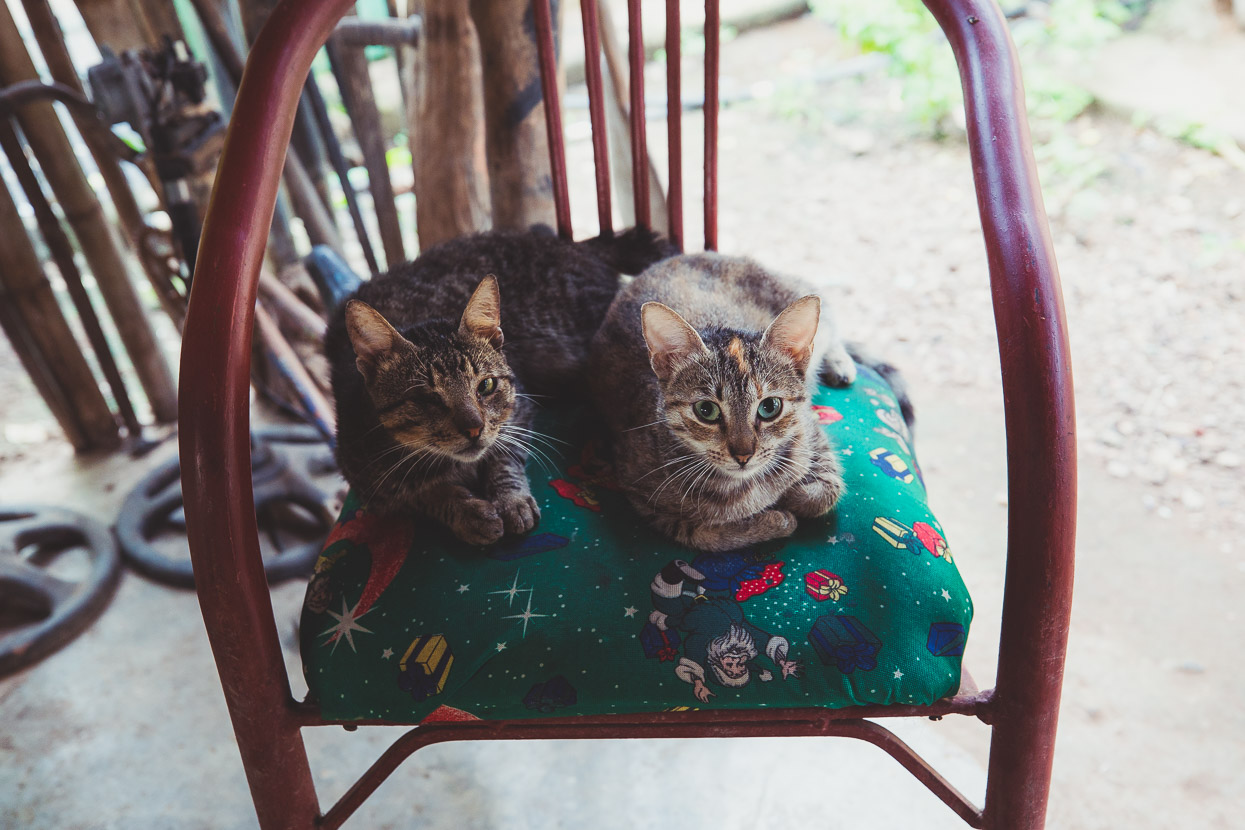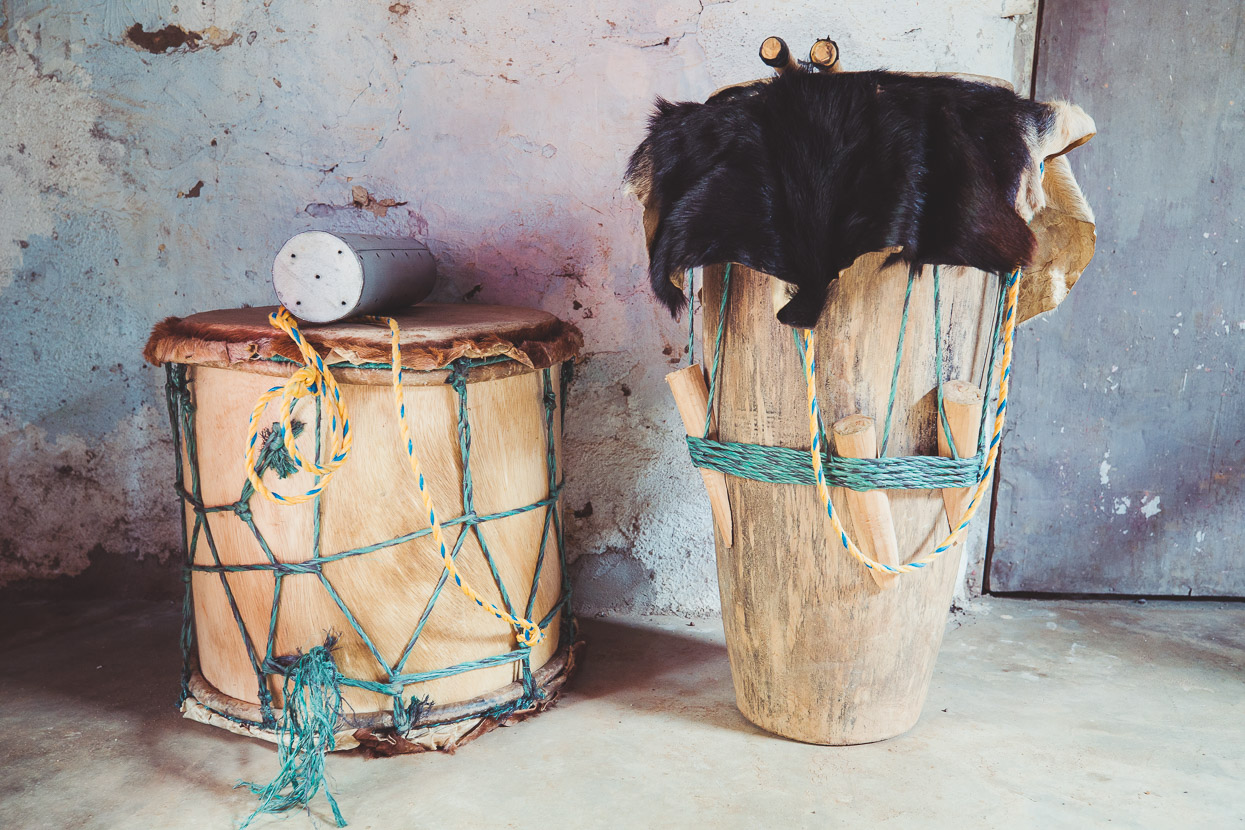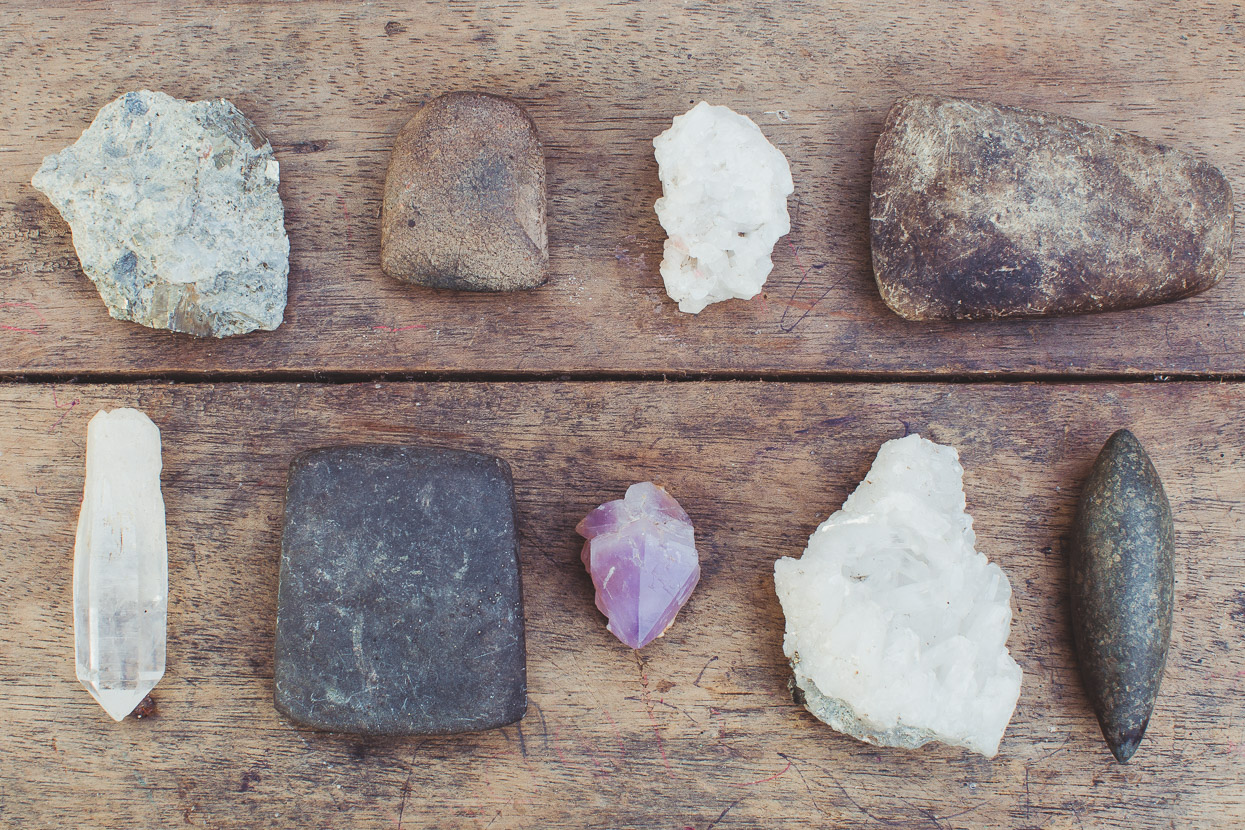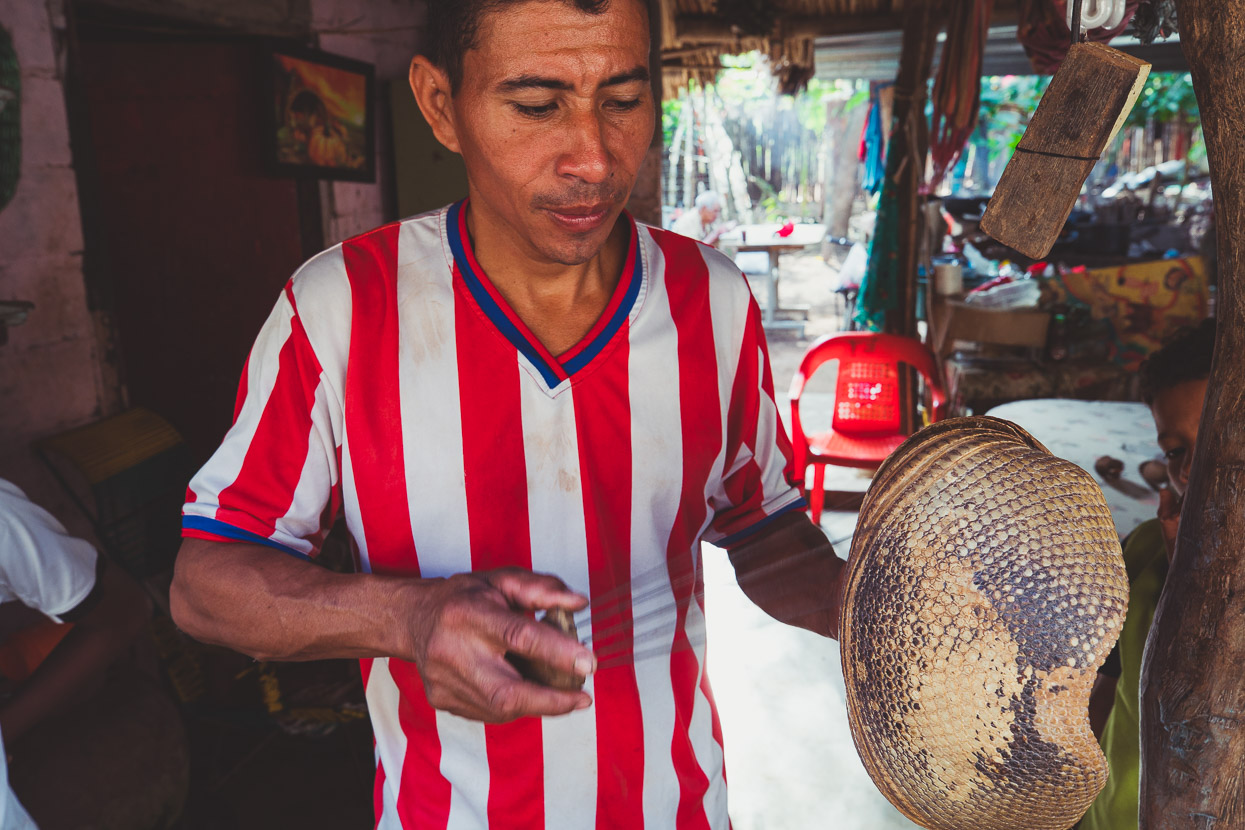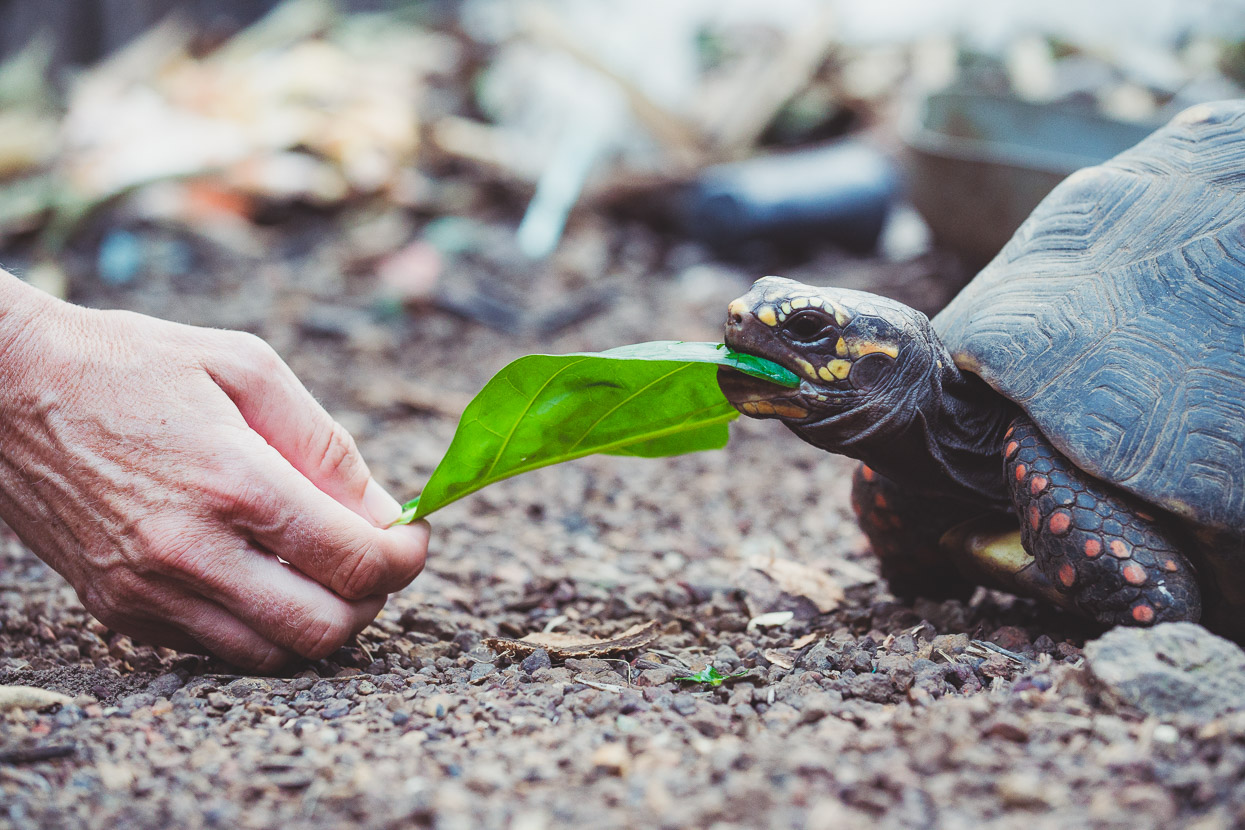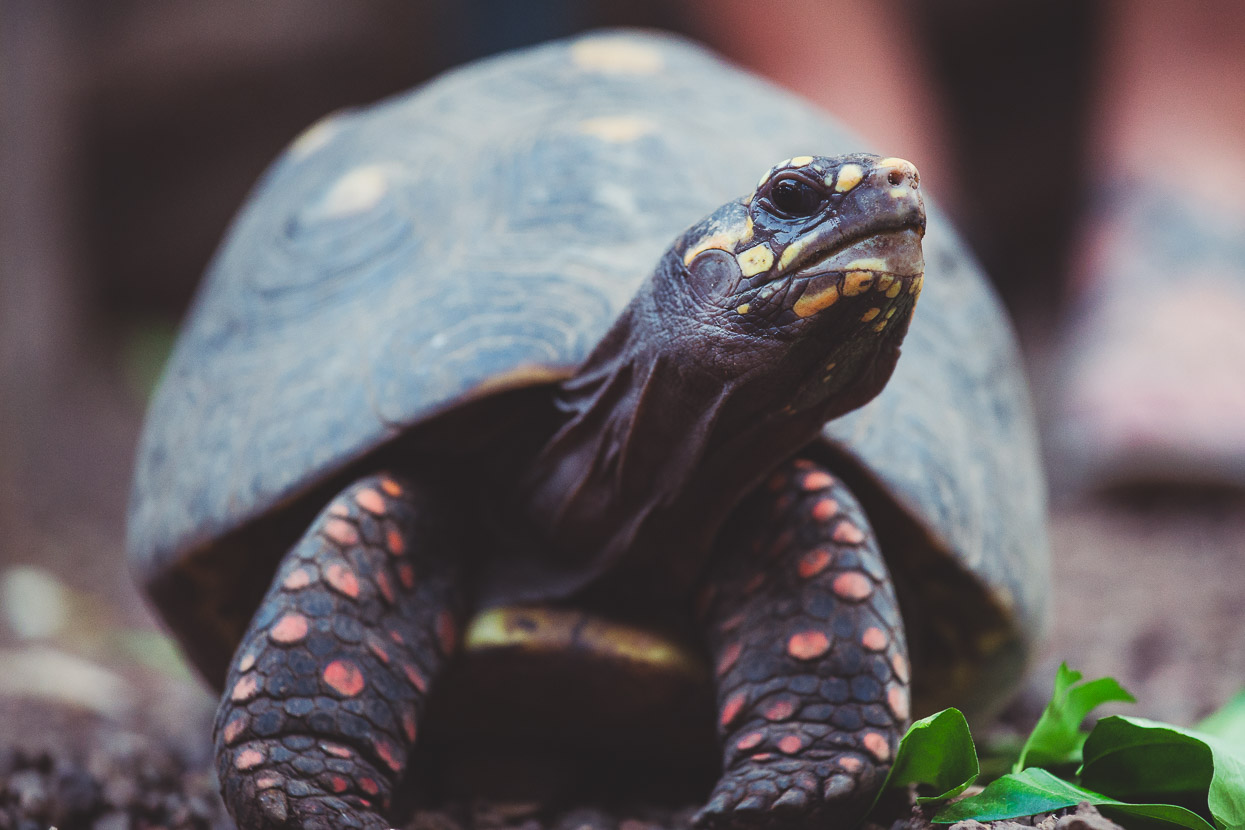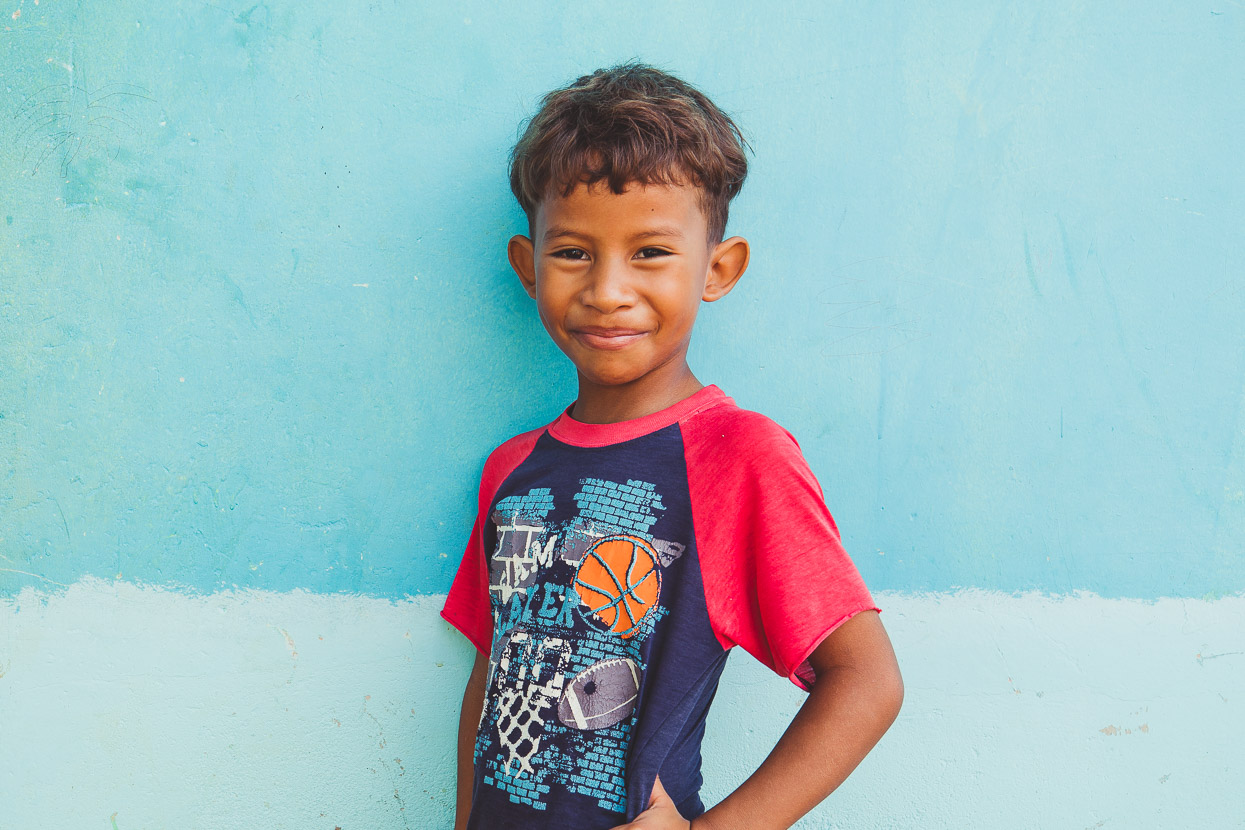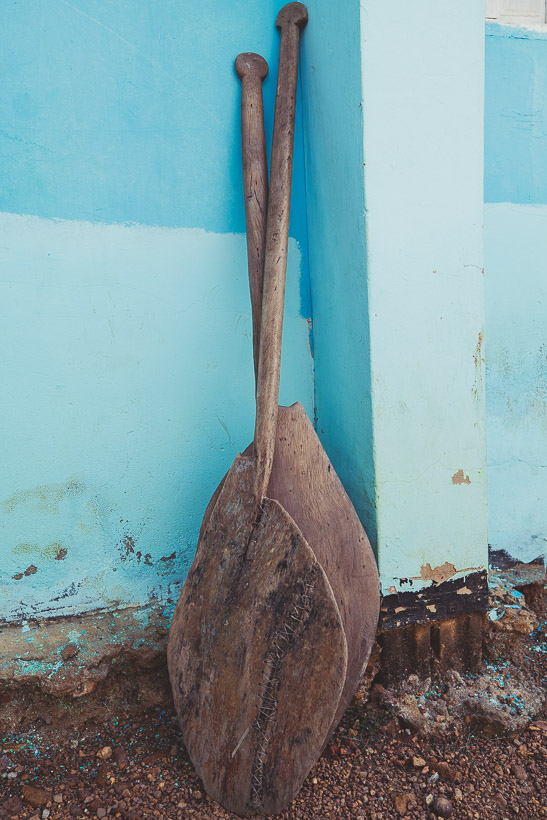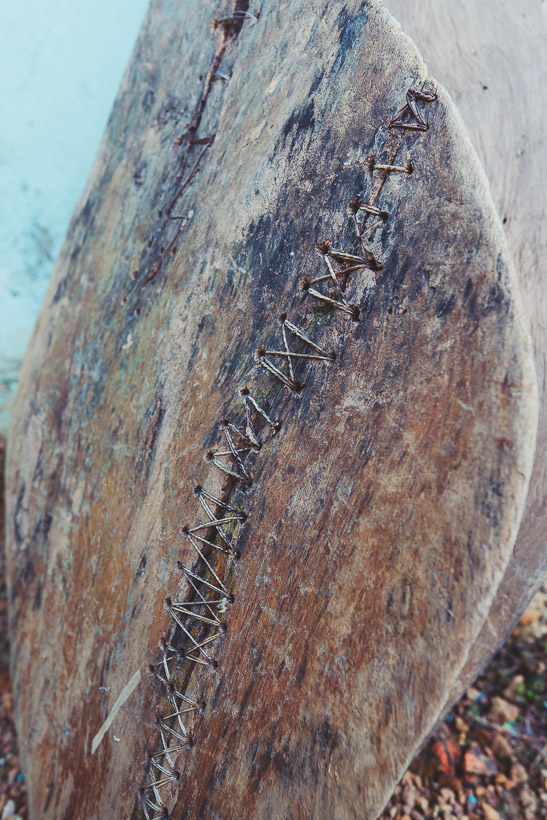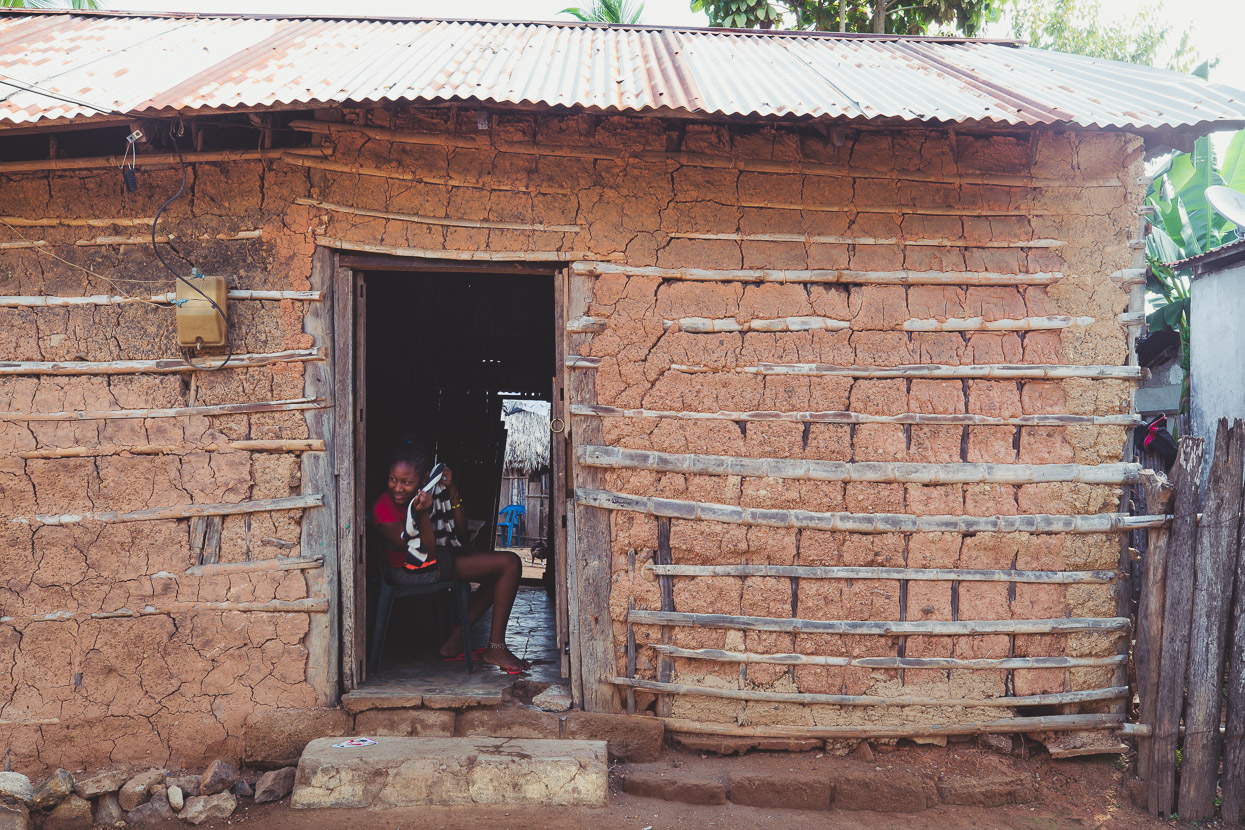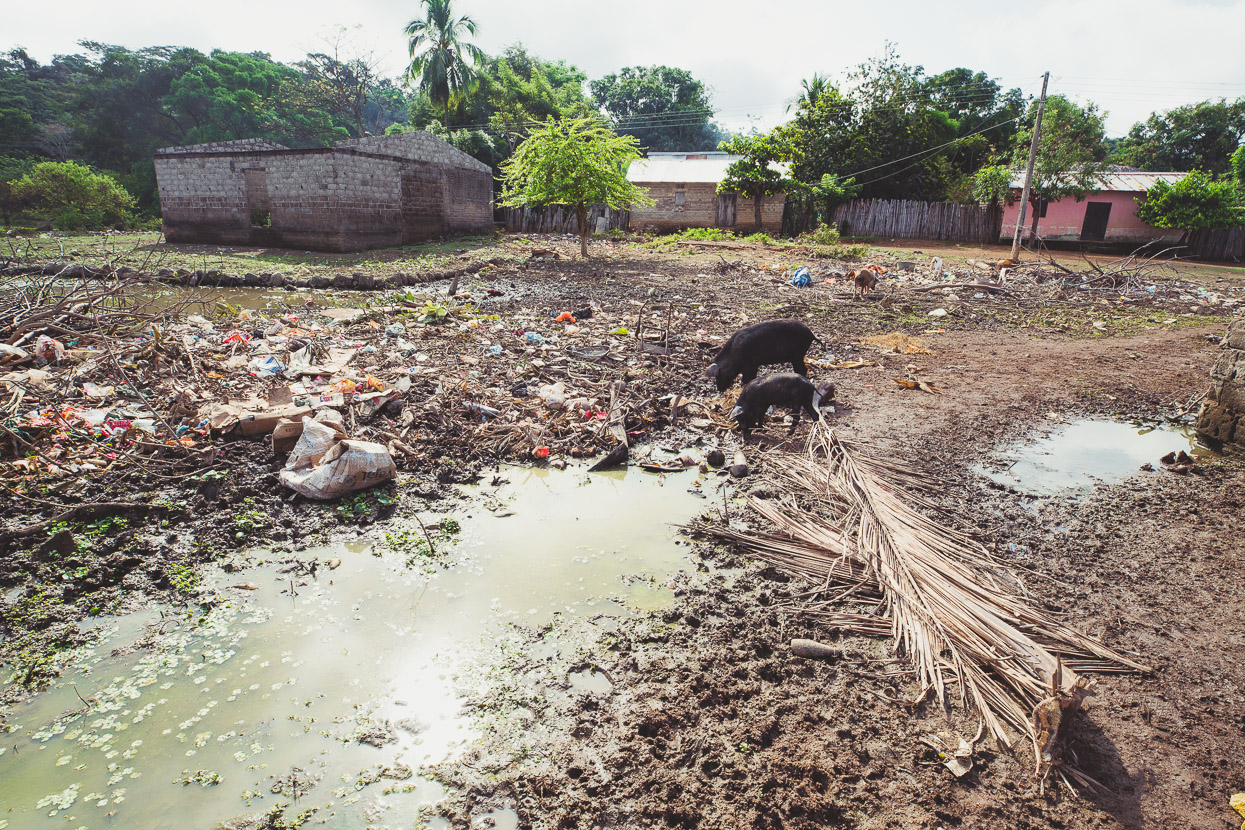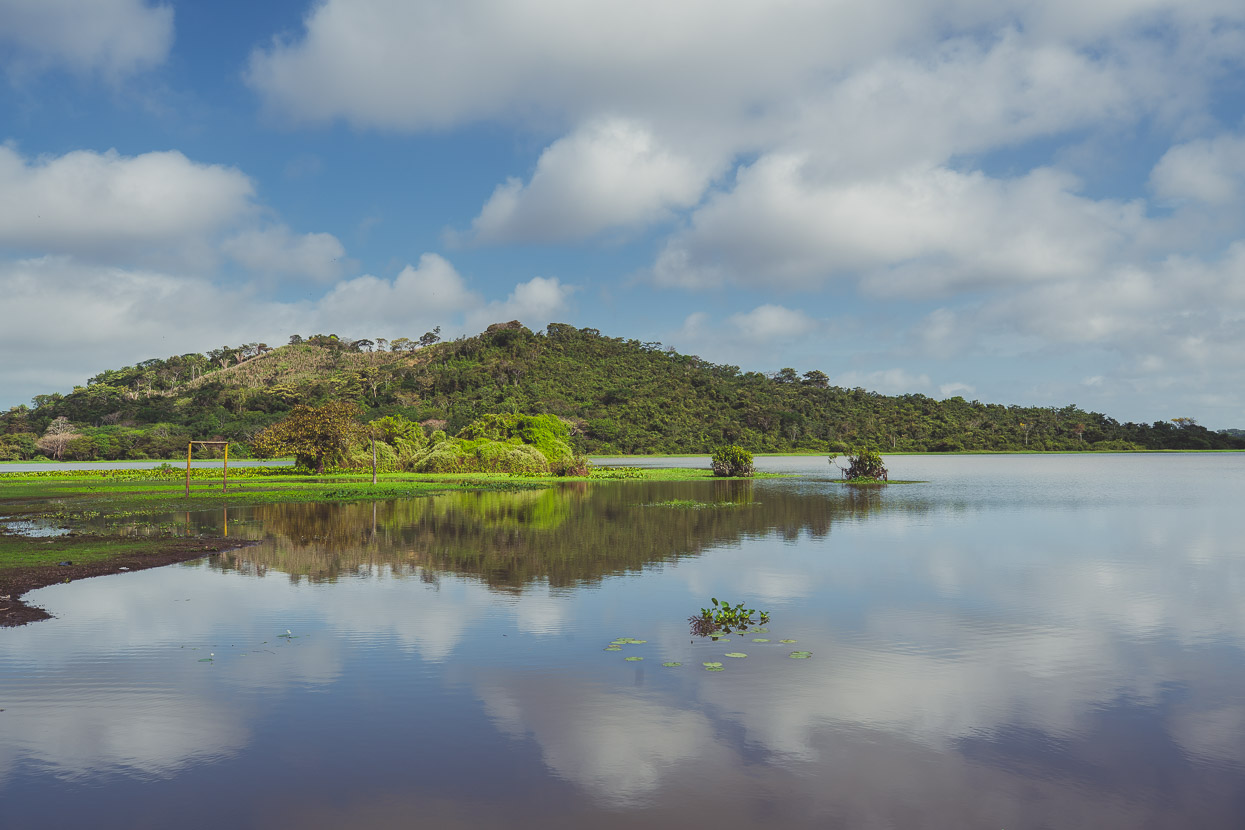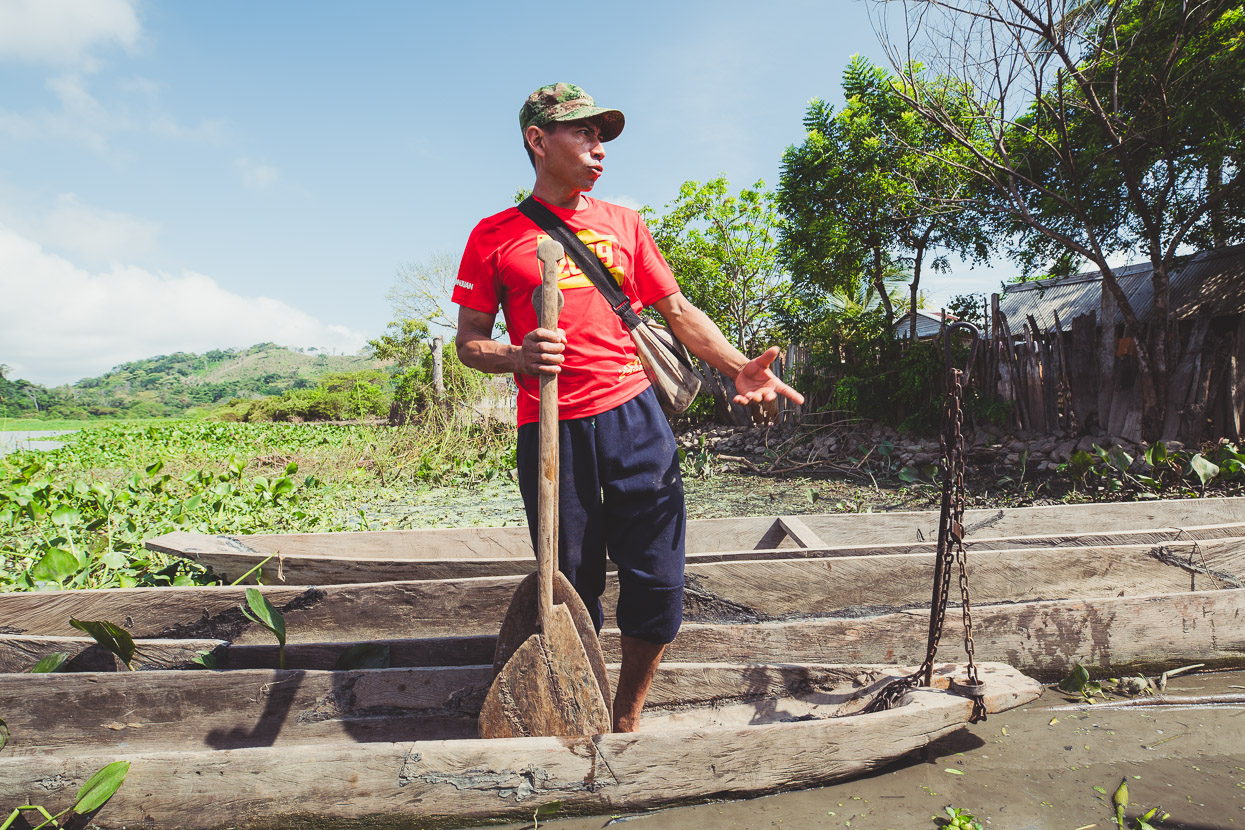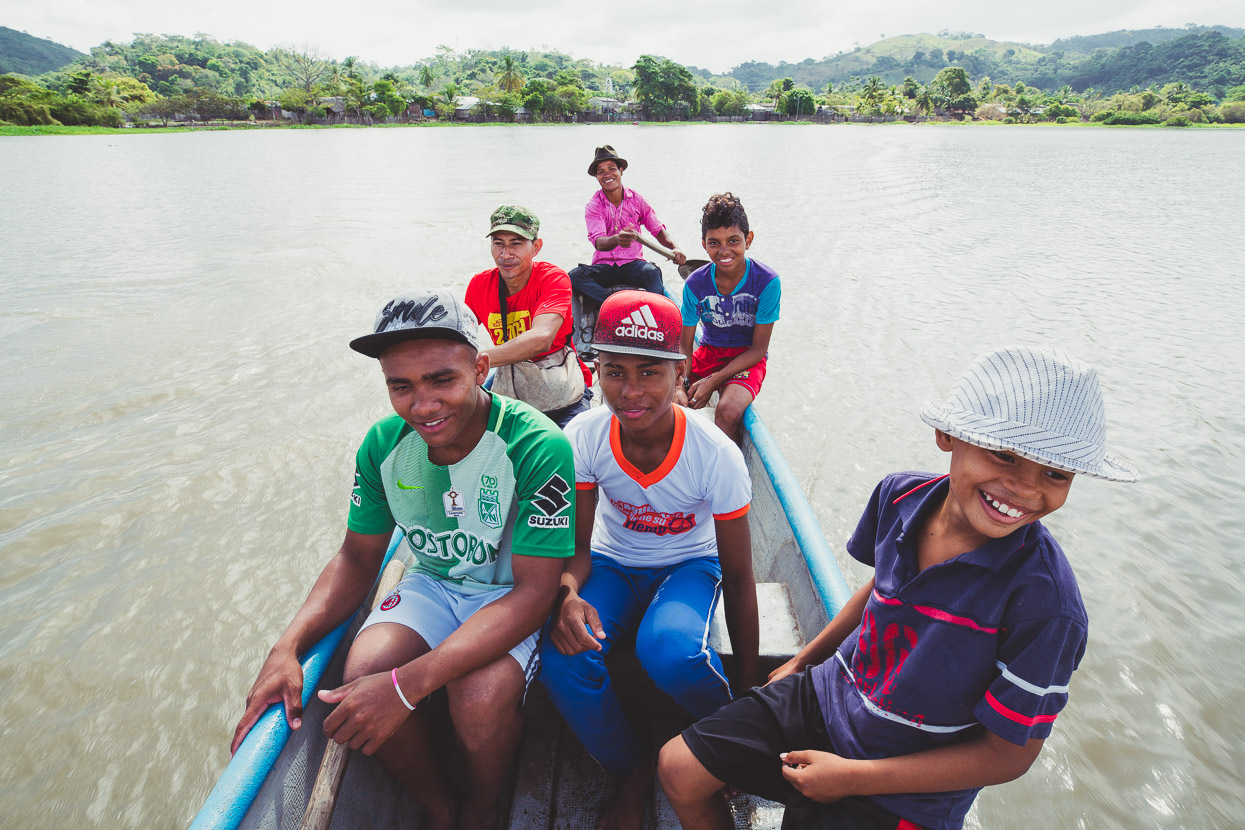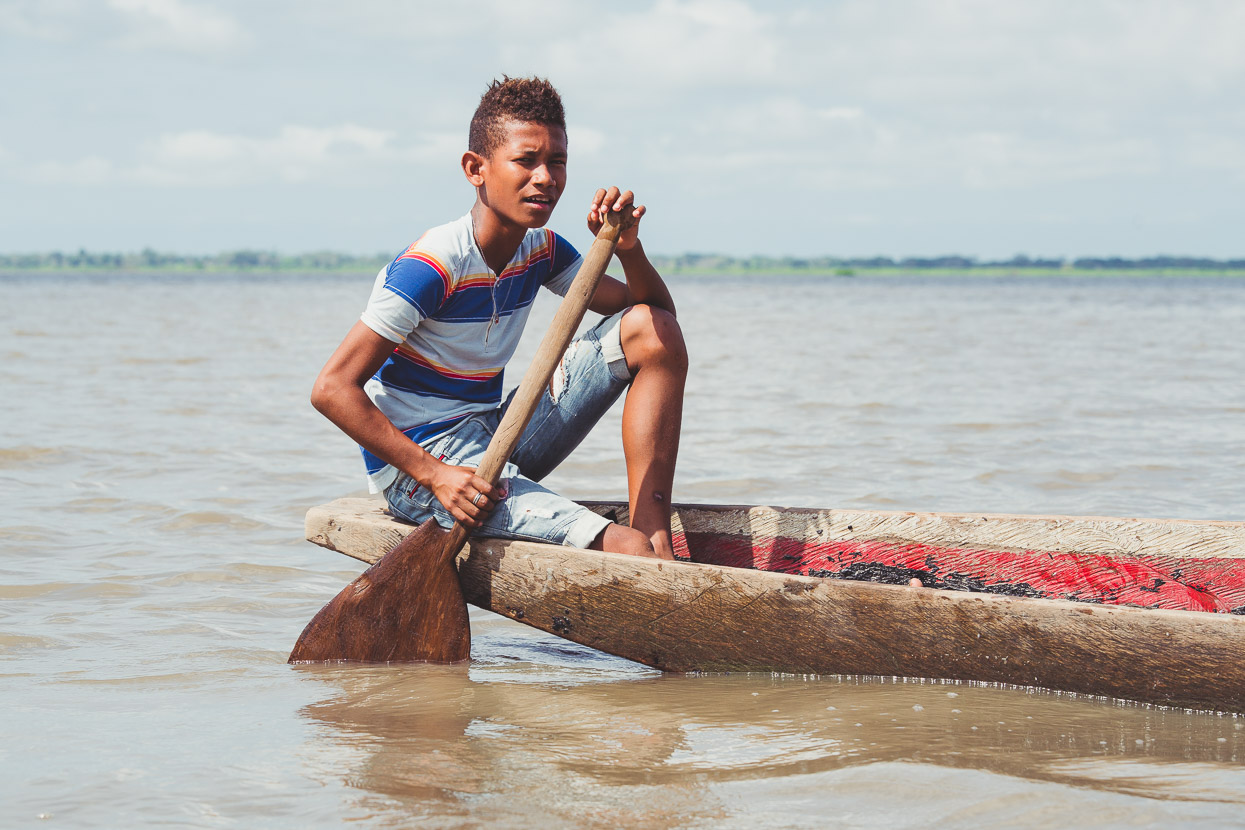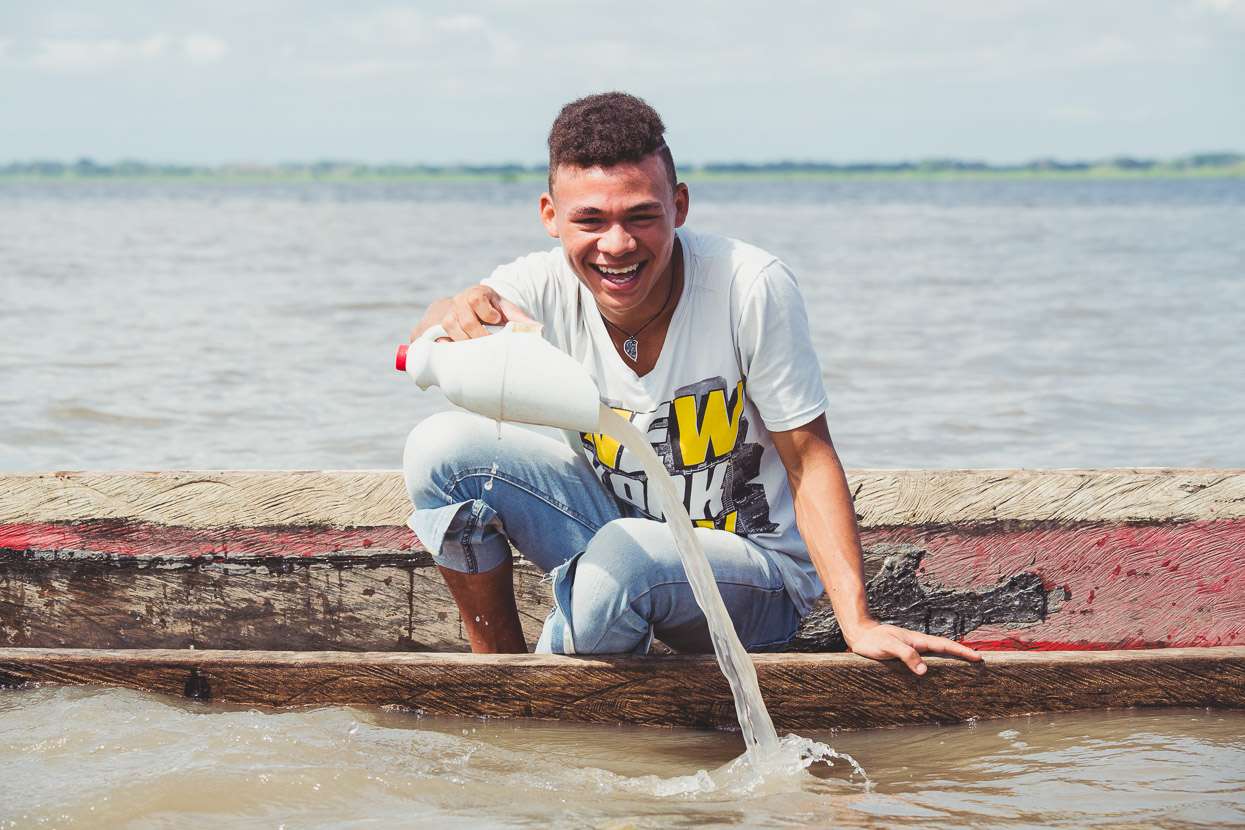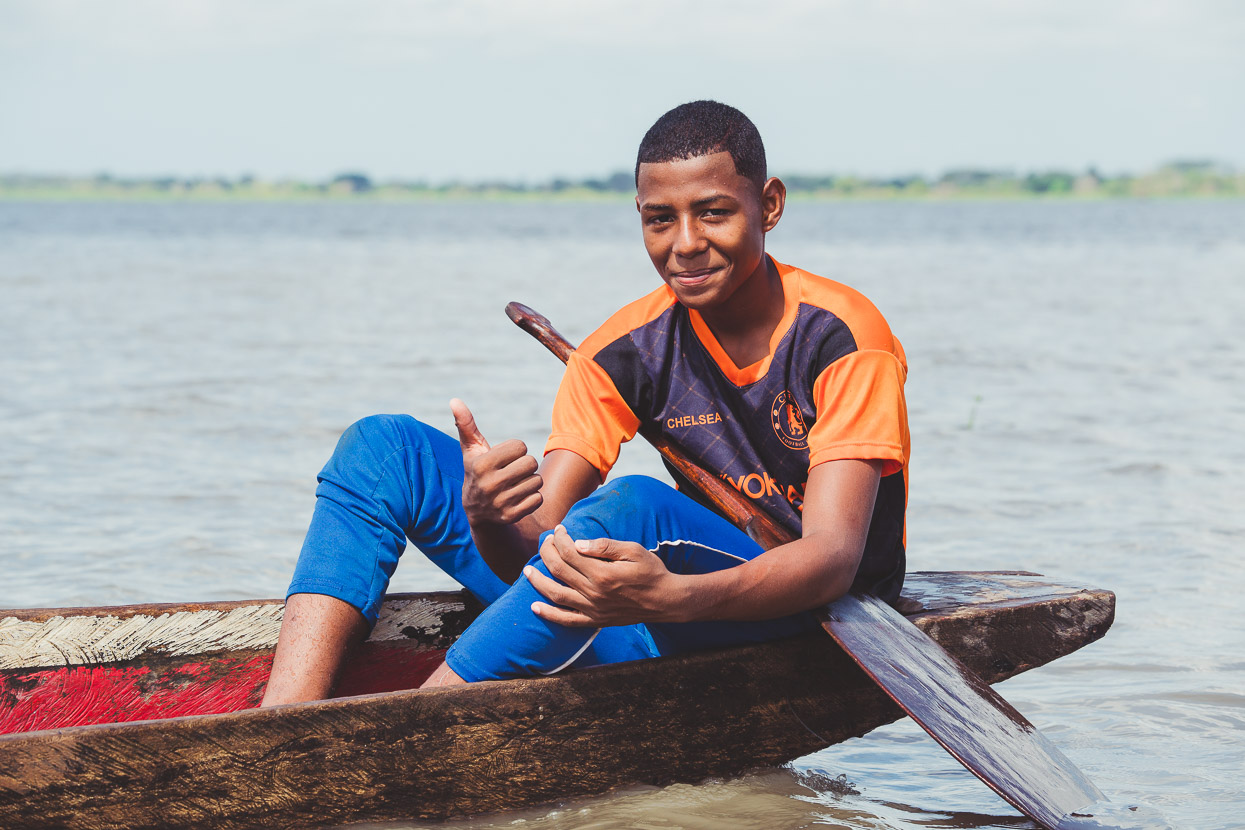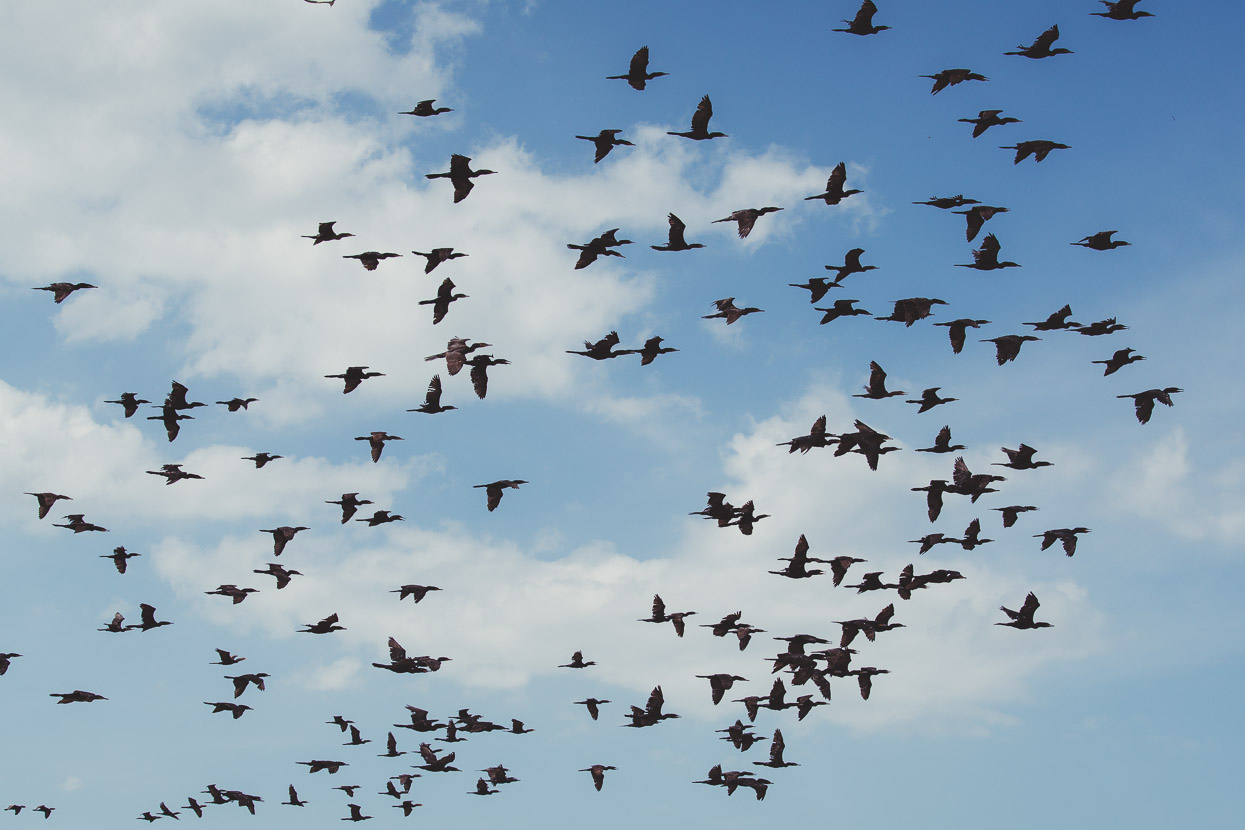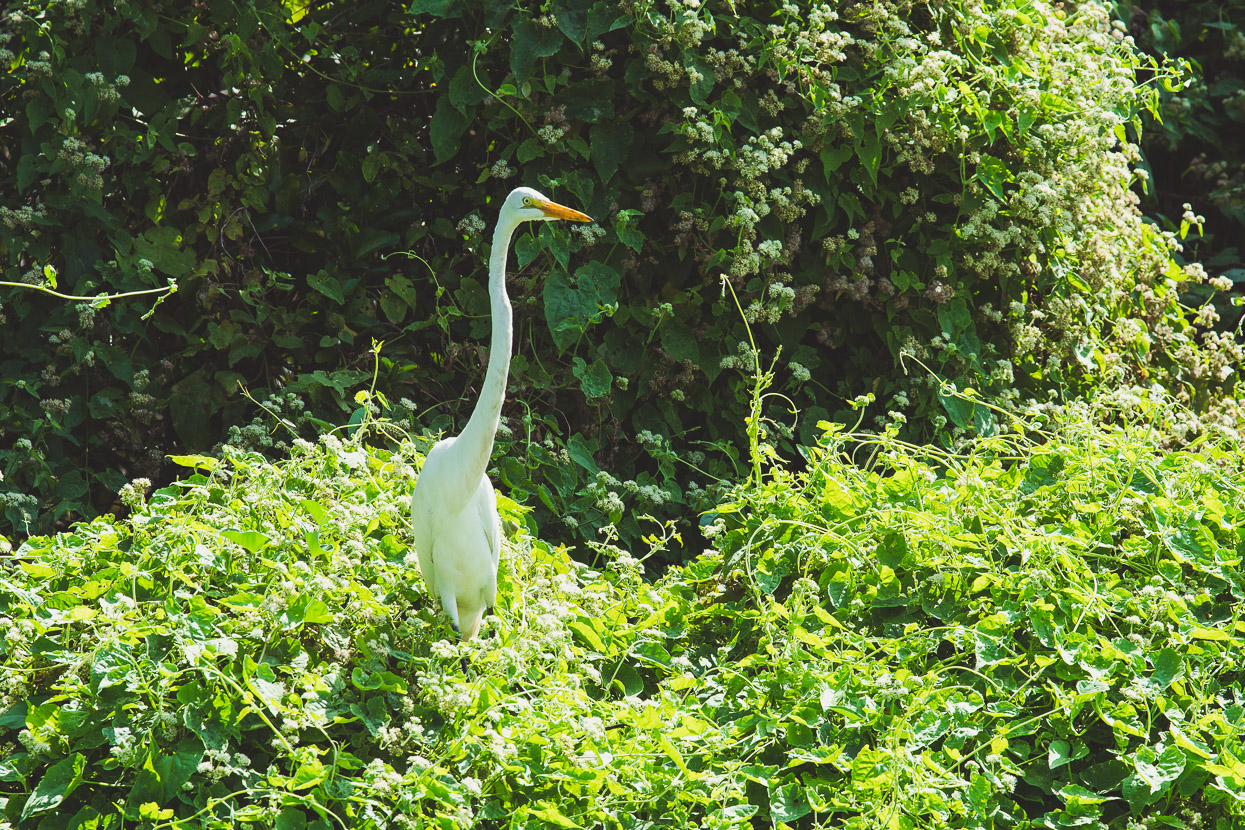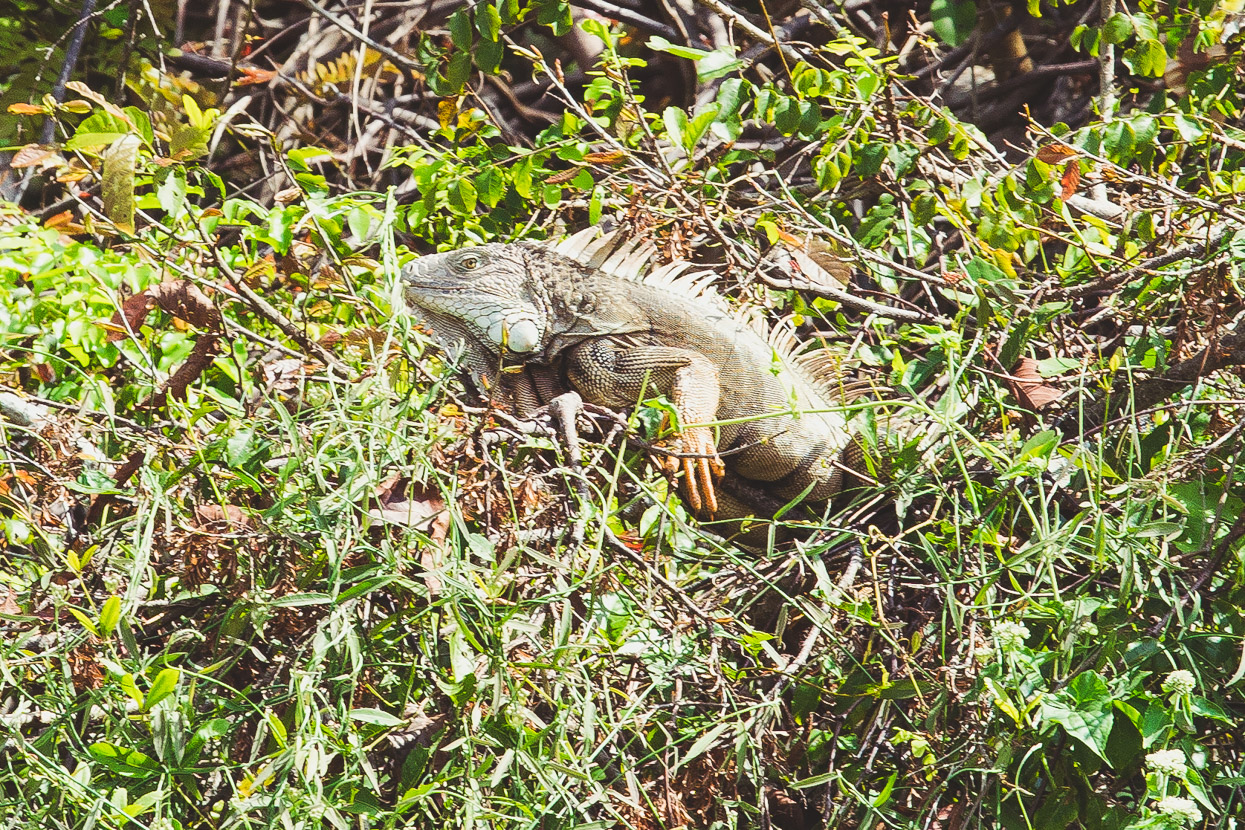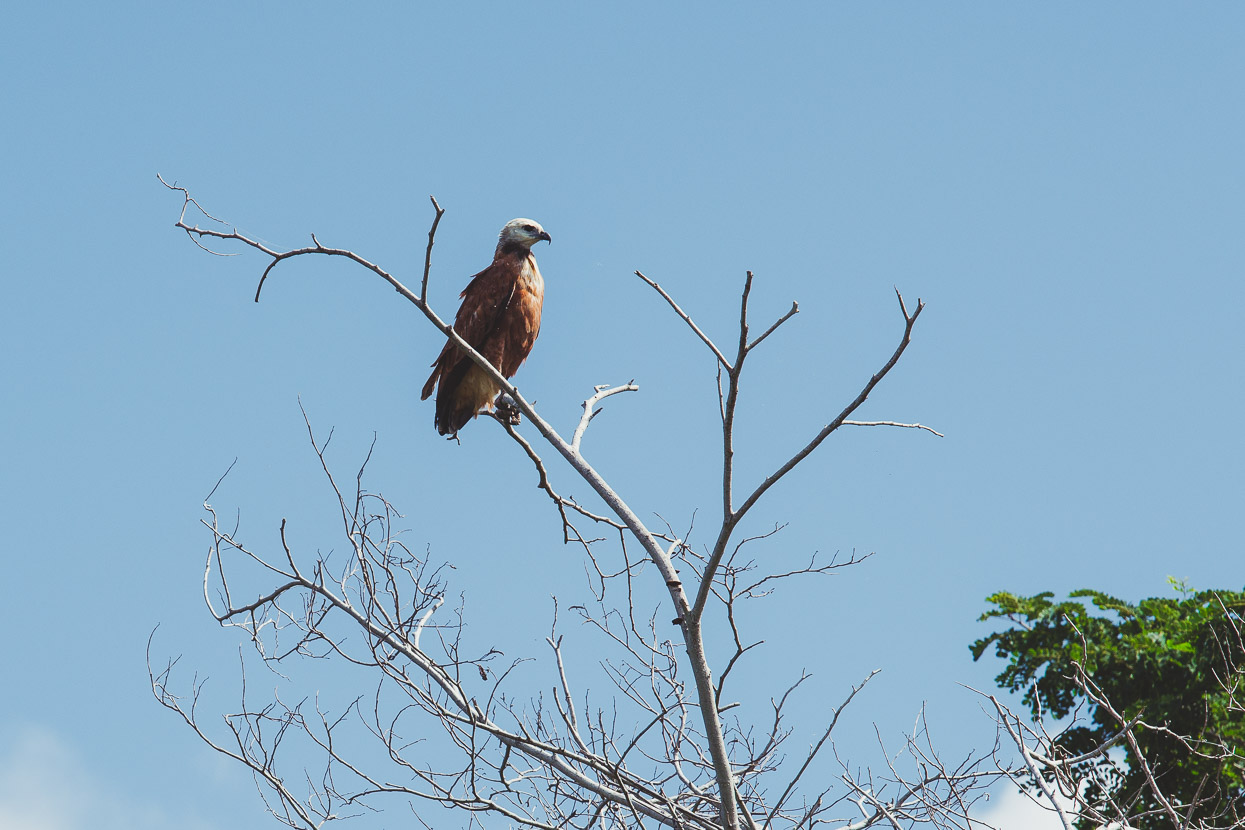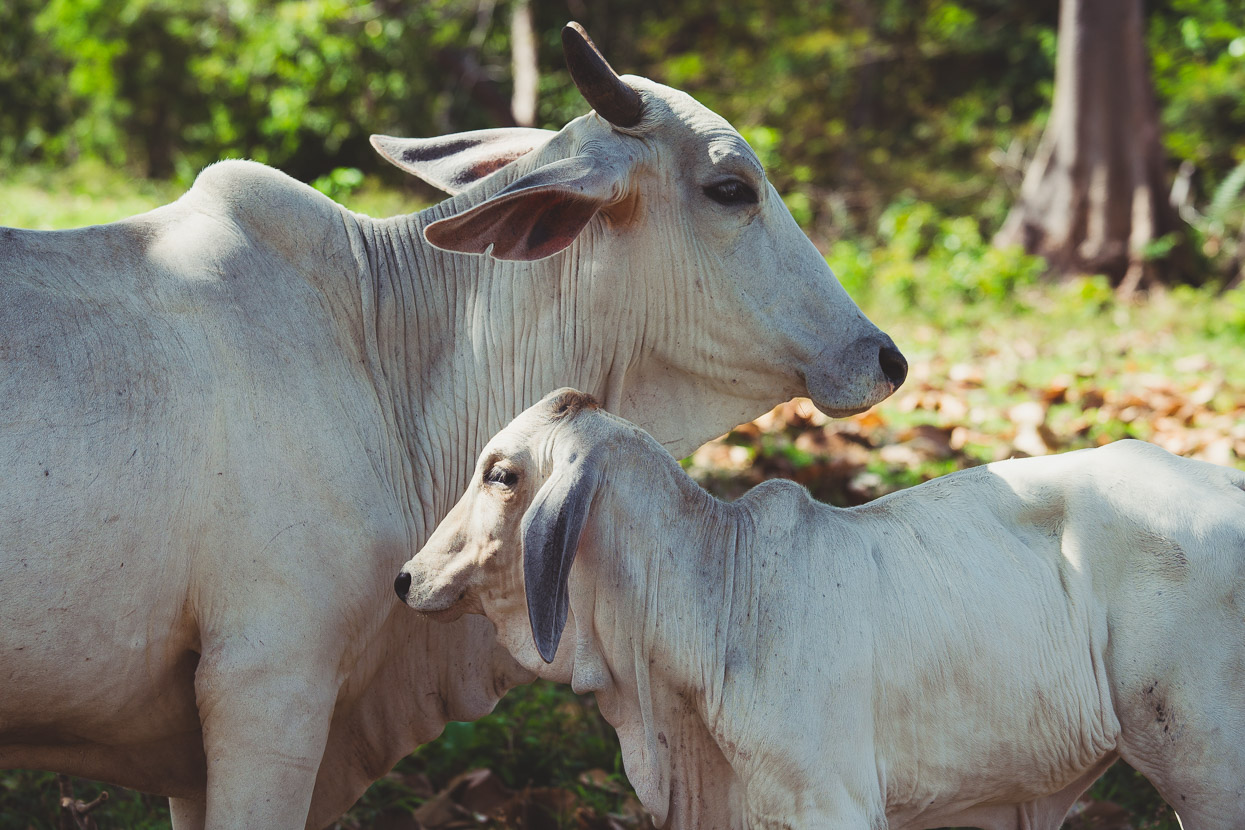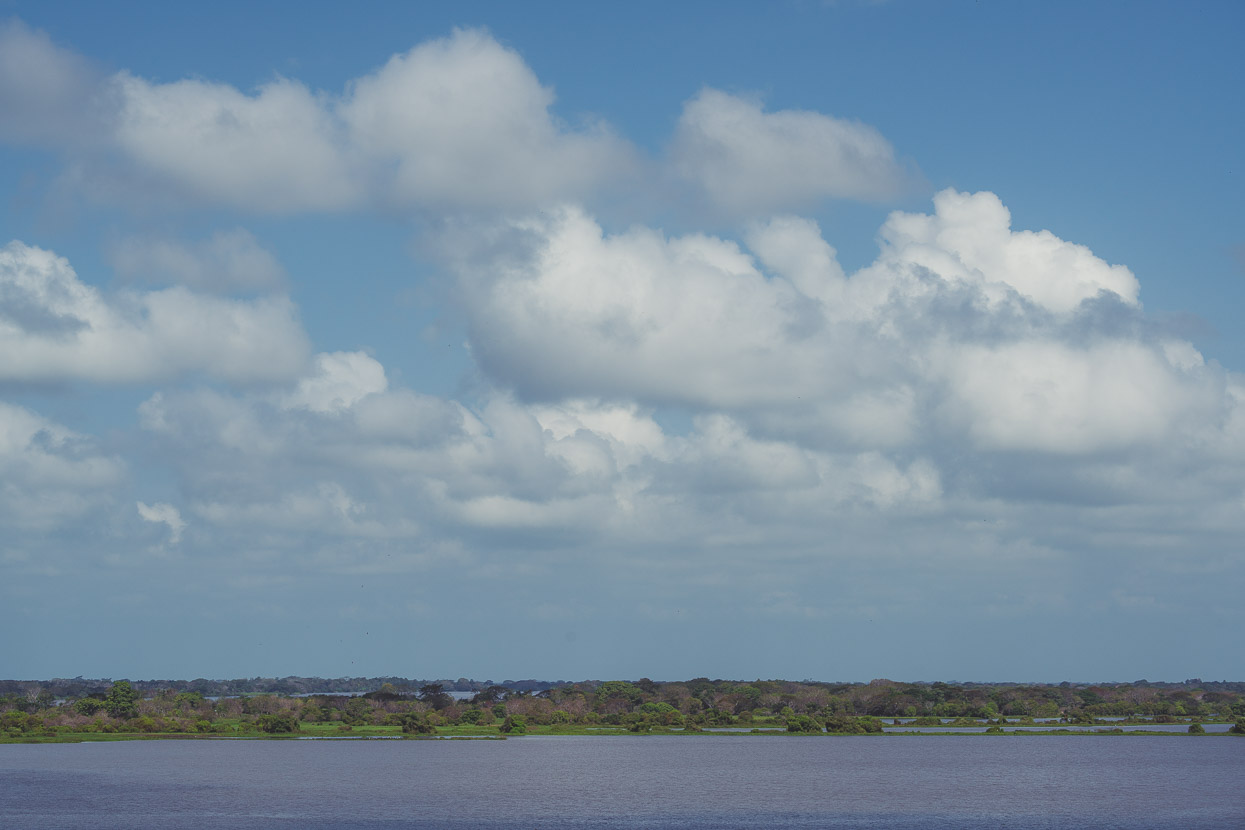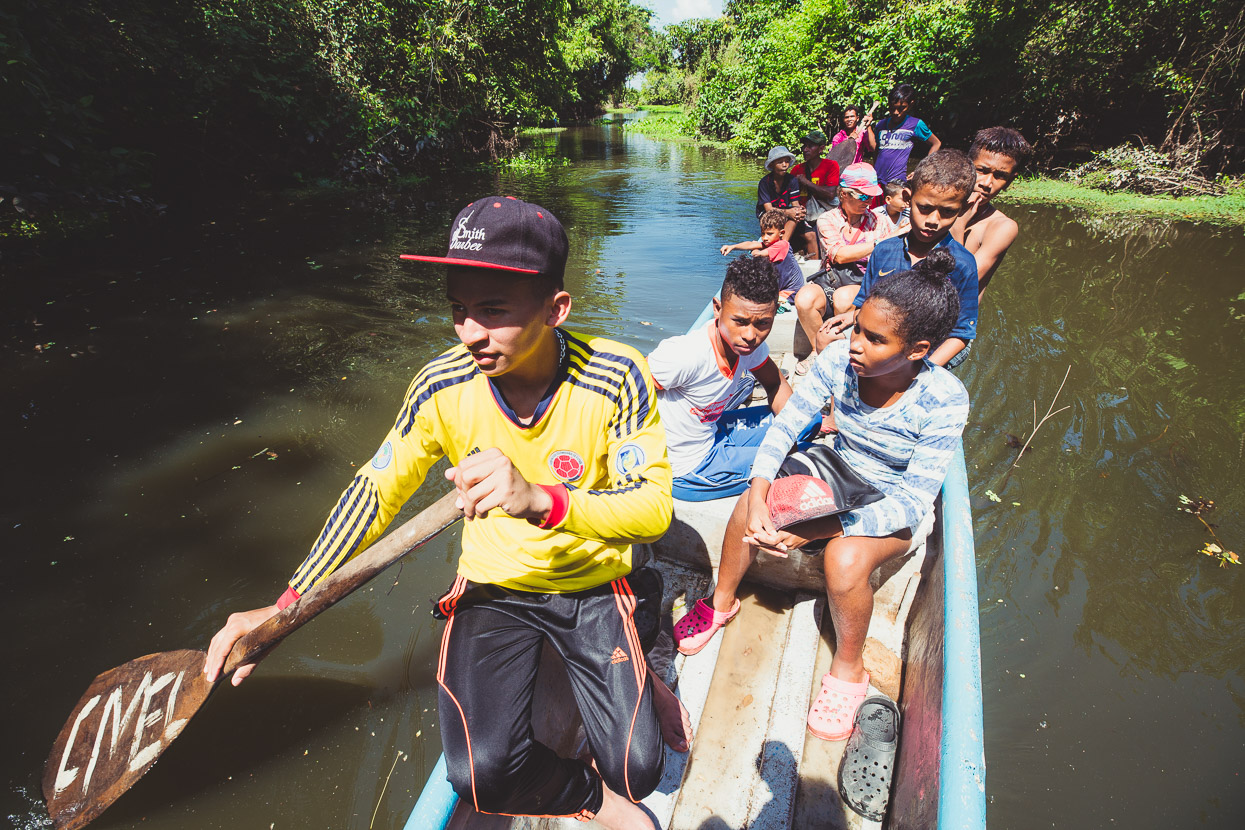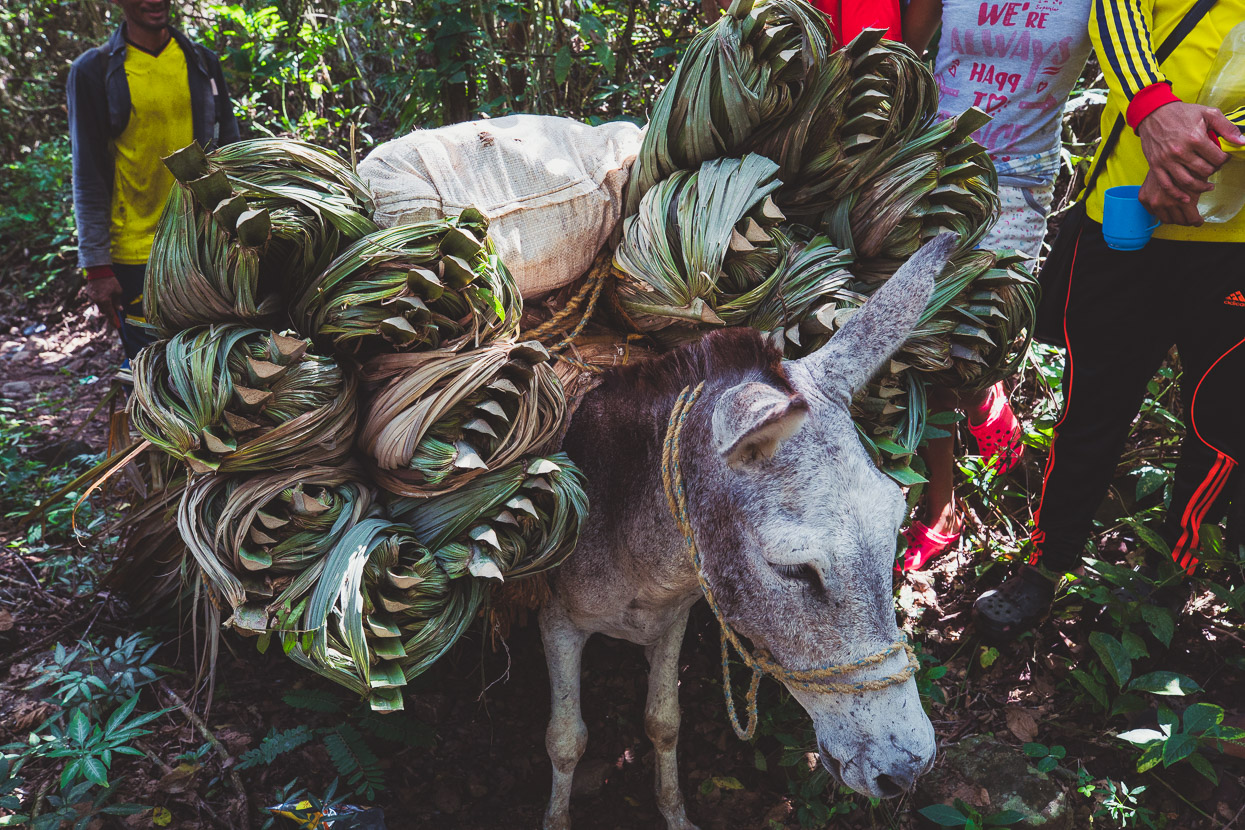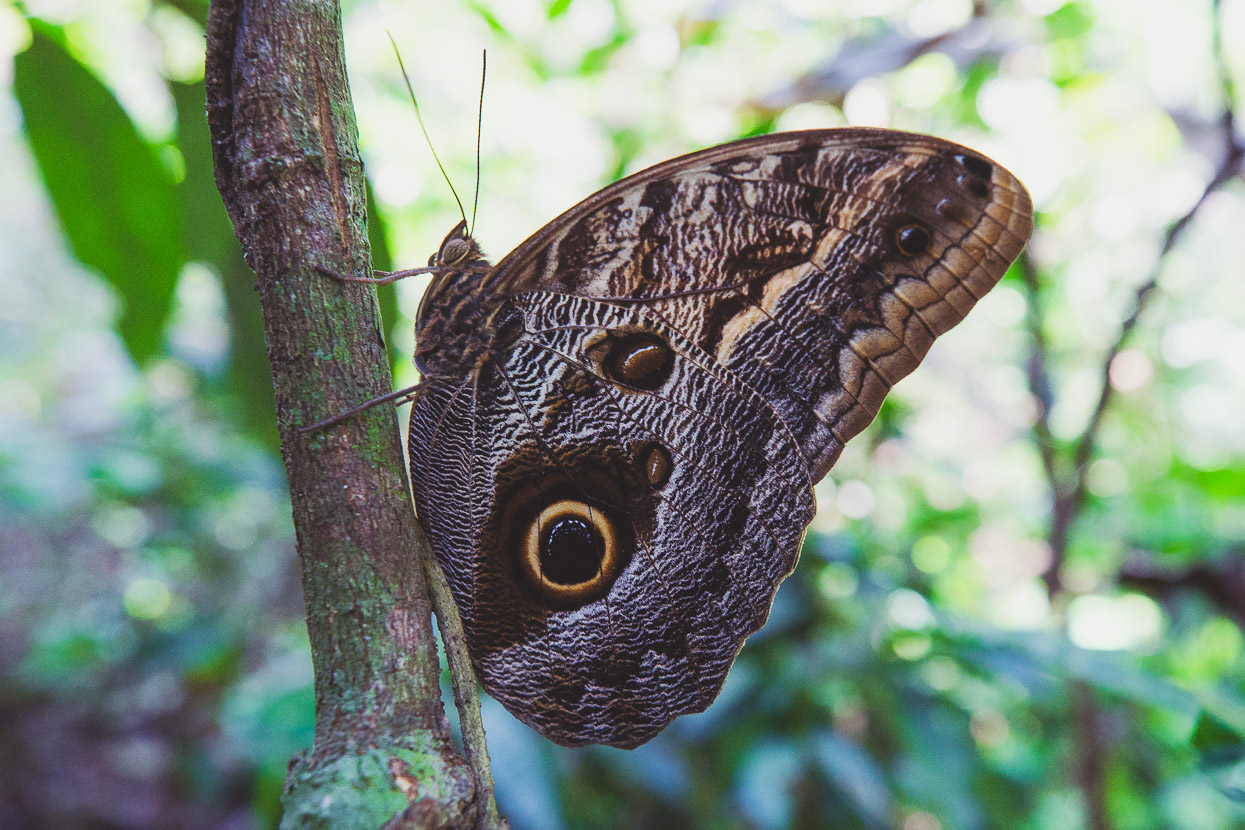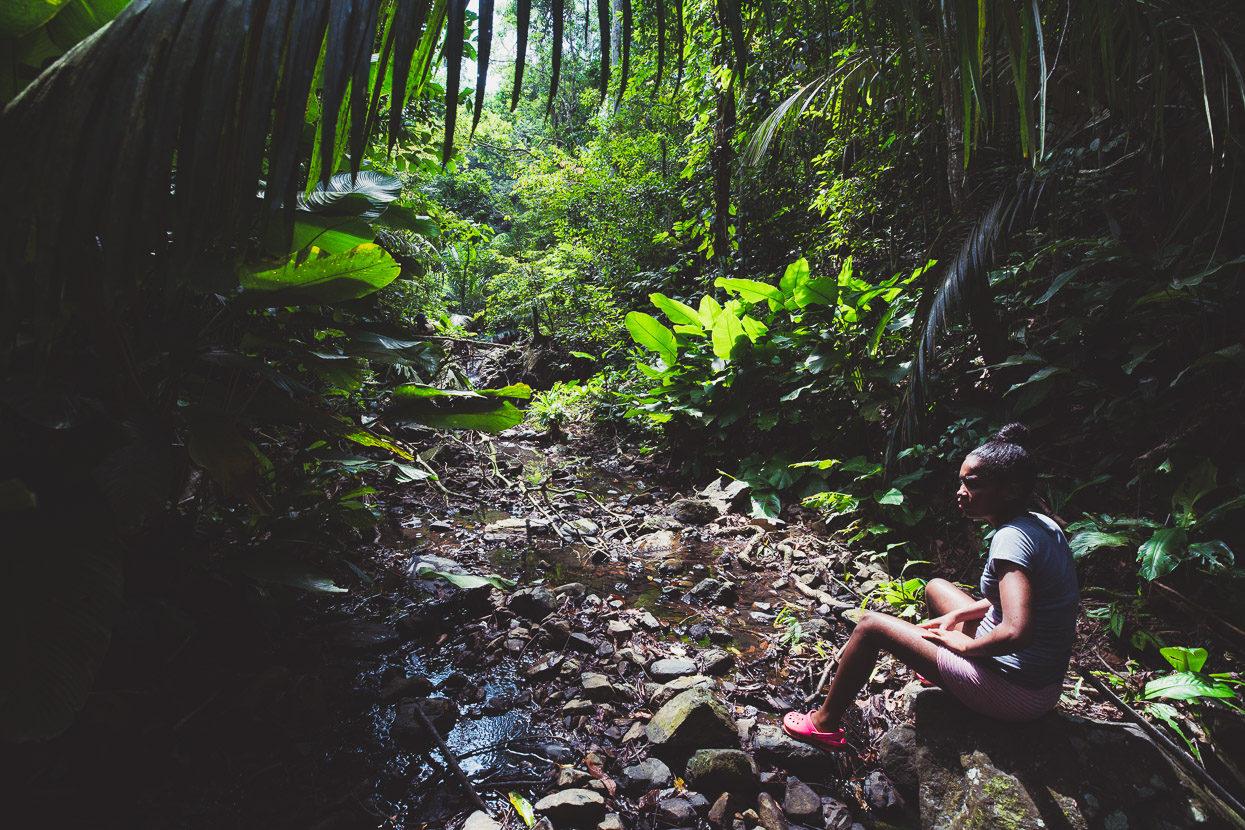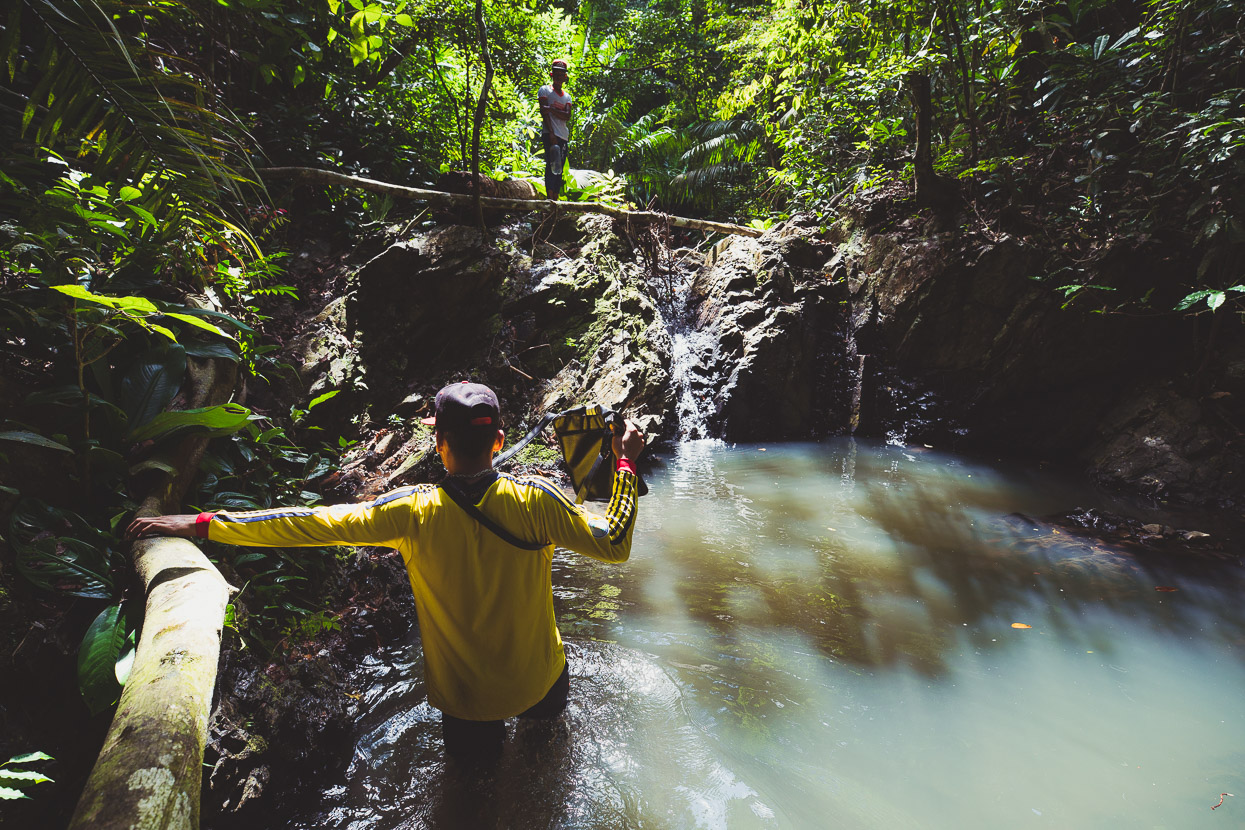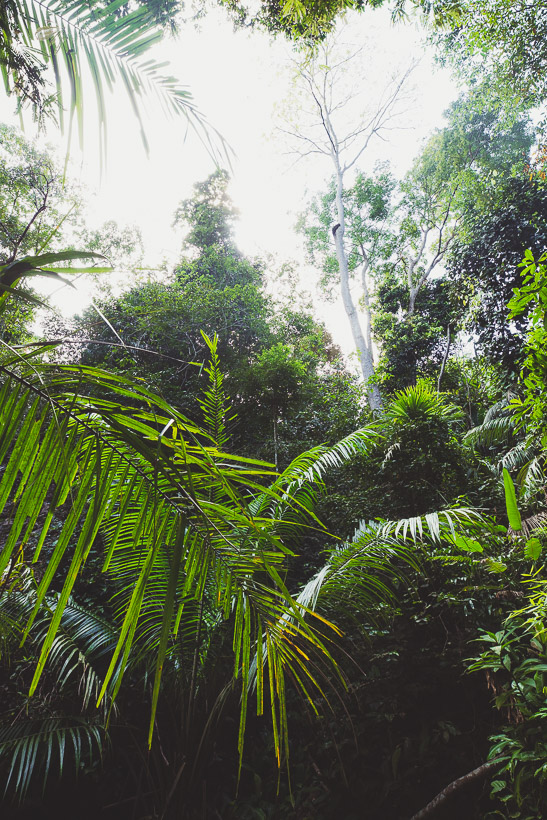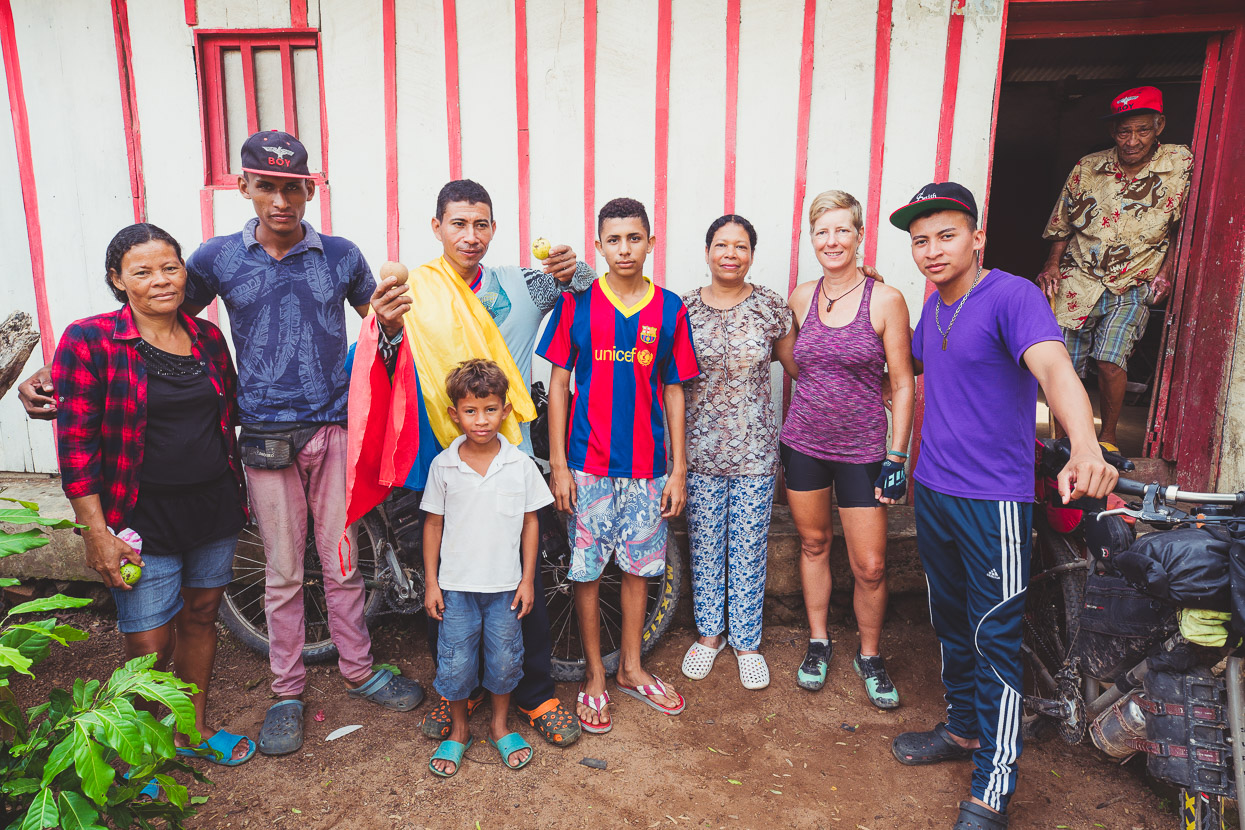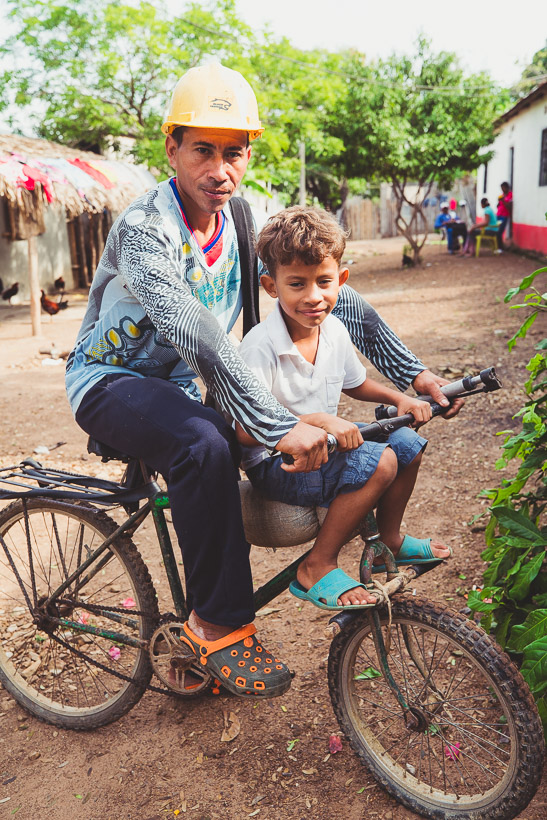The Kindness of Strangers
When it comes to cycle touring, the best plan is a flexible plan.
The village of San Antonio does not appear as much on maps. On Open Street Maps it’s just an incomplete street grid with no road to it and no buildings shown. A mystery location. Google Maps renders a little more: a few more streets and a road at least, albeit a dead end one. Situated at the toe of a range of stubby granite mountains sandwiched between Colombia’s Central and Eastern Cordilleras and otherwise surrounded by the expansive wetlands of the Rio Magdalena, San Antonio is remote and unlikely to be on anyone’s itinerary. But thanks to a chance invitation we ended up there, experiencing some Colombian village life and amazing hospitality.
After two days off we finally managed to escape the humid gravity of Mompox and get back on the saddles, but only as far as the roll-on-roll-off motorbike ferry, which we caught back over to the other side of the river before resuming our ride towards El Banco, generally alongside one of the arms of the Rio Magdalena.
We crossed on a ‘Johnson’ as the skinny, steel hulled small ferries are called. Anything bigger goes on one of these…
We’d just passed through a small village and stopped in a quiet spot on its outskirts for lunch when this boy, barefoot, rode out to us on his dad’s motorbike, having seen us earlier. He was really inquisitive and very smart, asking us all sorts of insightful questions about our ride and our bikes. Between bites of crackers and tuna we chatted away, happy to share our experience.
We’ve been blown away by the birdlife in the Rio Magdalena wetlands. The region has the most diverse and abundant birdlife we’ve ever seen. Colombia is second only to Brazil for its biodiversity, something we are reminded of every time we spot a never before seen bird along the side of the road or winging over the water.
It’s about the driest time of the year here and the roads have been really good for touring – fast and dry, except this patch. Wet season must transform this place completely, with the water levels already high.
Crossing between Hatillo de Loba and Barranco de Loba on yet another ‘Johnson’.
It was a Sunday and we rode into deafening music coming from open roadside bars as we pedalled slowly through Barranco de Loba in search of food. It was like a battle of the sound-systems that resulted in a ear splitting cacophony of out-of-beat music. This seems to be a thing in Colombia and many of the people here must be nearly deaf, after years of Sundays of sitting round small tables covered with empty beer bottles.
The shops in this small riverside town were fairly bare on the food front so we ended up buying some of these mystery tamales and half a BBQ chicken to eat for dinner that night, as we were planning to camp.
We rode a few more kilometres towards the mountains, intending to ask one of the fincas if we could camp for the night. But at a small road junction some typically friendly Colombians called out to us so we rode over to say hello. We explained we were looking for a spot to camp, and immediately Epermilio (in the yellow helmet) invited us to his village, 4 kilometres away. Another woman there seemed to think that was a silly idea and that we should just ride to the next finca and ask. We deliberated.
Epermelio was full of enthusiasm for us to check out his village though and started talking about the reserve he’d just been working at down the road and how he’d hosted some Argentinian cyclists a couple of years back. So down the bumpy dirt road to San Antonio we headed.
Along the way Epermilio wobbled along on his worn out bike and pointed out tailings from the gold mining that had upturned the fields surrounding the road. We arrived in the small village and went straight to his house, an ancient looking adobe and concrete block building with a tin roof, an outside kitchen and a toilet out in the back yard.
Before long we had been introduced to all manner of Epermilio’s family and friends who were quite excited to see a couple of gringos visiting their village. Epermilio’s son Samuel Smith Mendez Mattos (below) was the only person who spoke English and was a very affable young guy. He was back in the village preparing to leave for Barranquilla where he’s going to study journalism. Normally he’s been living in Bogota where he was running his own barber-business as Sam Smith Barber.
That night we ate cena (supper) with the family, sharing our chicken and tamales, and Epermelio gave us his bed to sleep in. We’d been planning to hit the road the next morning, seeing as we’d only been back in the road one day, after two days off in Mompox. But waking the next day and it seemed almost rude to just push on when we were being shown such nice hospitality and it’s not often that you can hang out in a village like this as a guest. Besides, Epermilio insisted we stay, saying he’d cry when when we left!
Whether we were staying or not, the group photos started… from left: Lenin, Sam Smith, Víctor Raúl and Víctor Daniel
Breakfast – San Antonio style: Salty queso (cheese), tamales made with maize and banana (which were delicious) and hot chocolate.
Fish are a mainstay of the menu here too… these ones were drying on a line in the backyard. Below, spoons made from a small gourd-like fruit.
The home’s drinking water is stored in a couple of these large terracotta pots to keep it cool.
The kitchen, and Epermelio’s sister Rejeina who was up from Bogota for a few days.
A fresh catch being sold door to door by a couple of young girls. The village is on the shores of a large lagoon that sits adjacent to the Rio Magdalena and fishing provides both the main food supply and income for the village.
Epermelio’s youngest son, Jorge, and his mother who wasn’t ambulatory. Each morning at about 8am they lift her from her bed into a wheelchair and then to this chair where she’d sit for the entire day, quietly watching the comings and goings.
Los gatos. My third favourite animal after monkeys and crocodiles. The left hand one only had one eye but was very friendly, the other one wouldn’t let me near it.
The people in the village, like many in northern Colombia, are of mixed Carribean/Mestizo descent and the rhythm of African drumming plays a big part in their musical culture. The device on on top of the drums is a perforated steel cylinder filled with rice and makes a distinctive sound common in Caribbean music. We were treated to a drumming show that night.
Epermilio, among other things, has been a soldier, a conservationist and a gold miner. He proudly showed us his collection of crystals and indigenous artefacts found while mining.
Along with his armadillo shell, which made a great musical instrument when stroked with a long-tined apparatus.
The biggest back yard surprise was this tortoise which lived under a pile of brush next to the kitchen and came out once or twice a day to feed.
Jorge, Epermelio’s youngest.
The announcement came that we were going to go on a rowing trip on the lake. But first some oars and a canoe had to be arranged. I liked the distinctive shape of these hand made numbers, and the repair job.
A very common wall construction here; bamboo slats, packed with dried mud.
The edge of the village, near the lake was a sad sight. Conservationally-minded Epermilio is trying to educate the rest of the village about rubbish, waste and pollution, but sadly things like this have been a common sight through a lot of Latin America so far. Colombia on the whole has been a lot cleaner than Mexico and Central America though.
Even for dry season the lagoon level was high – note the football posts. A breach on the river had filled the lagoon to higher than normal.
Our captain.
And off we rowed… with half the village of course!
Three men in a leaky boat…
We spotted some wildlife: huge flocks of birds above the lake, herons, iguanas and birds of prey.
Cows too…
We came ashore for a break at a small finca and climbed up a hill to check out the view… Looking back in the direction we’d ridden from, more or less. It’s flat, and very wet.
After rowing back to near the village and swimming in the lagoon we followed an inlet through mangroves and weed and came ashore for part two of the San Antonio Tour, which consisted of a jungle adventure.
We followed tracks through the bush for about half an hour, passing women washing their families clothes in the stream and this donkey carrying a big load of fibrous plant (I’m not sure what it was for).
We waded in the water and scrambled up beside small waterfalls until we reached a tranquil pool. We hung out there for about an hour, cooling off in the water while fish nibbled our bare skin.
The next morning it was time to get back on the road, but not without more photos of course. The family would not let us go without food, so gave us a takeaway container filled with little fried fish and yucca. There was also some concern about the activities of the ELN (National Liberation Army) in the area. The ELN are an armed Colombian guerilla group with communist ideologies who have been carrying out terrorism – bombings mostly – while we have been on the road here. This explained the large army camp we’d seen just before our last river crossing. In the end we were warned to be careful at night and to proceed with caution, as the ELN have been known to come and go from the region we were heading into.
Epermelio, with Jorge on board and Sam on another bike, escorted us about 10 kilometres and then held hands with us in the middle of the road while they prayed for our safety for the road ahead. A nice send off by some very generous people who we were lucky to stay with. We’ve stayed in touch with Sam and some of other boys from the village via What’s App and Facebook and it’s cool to know we have friends in this remote corner of Colombia.
Do you enjoy our blog content? Find it useful? We love it when people shout us a beer or contribute to our ongoing expenses!
Creating content for this site – as much as we love it – is time consuming and adds to travel costs. Every little bit helps, and your contributions motivate us to work on more bicycle travel-related content. Up coming: camera kit and photography work flow.
Thanks to Biomaxa, Revelate Designs, Kathmandu, Hope Technology and Pureflow for supporting Alaska to Argentina.

